PREHISTORIC TOOLS
Aterian scrapers - Algeria, North Africa. Middle Paleolithic period (Aterian): 45,000-30,000 years ago. Aterian non-tanged tools are very rare. Material: Flint.
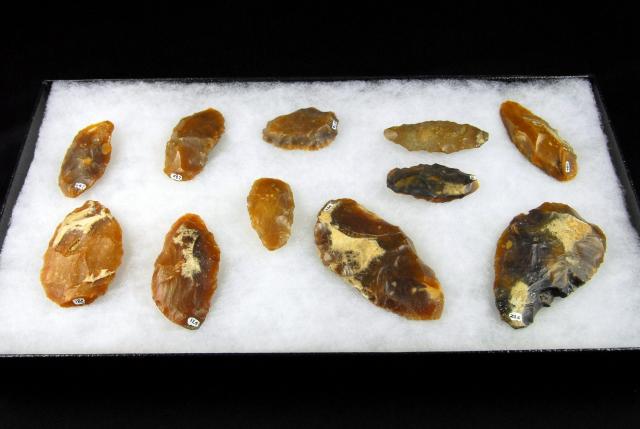
Acheulian Flint borer - Creuses ancient riverbed, Le Grand Pressigny, France. Lower Paleolithic Period: 2.5mya. - 120,000 years ago. 13cm long x 7cm wide. This extremely rare tool was fashioned 350,000 years ago by Homo Heidelbergensis( European Homo Erectus). Material- Flint. On 3rd picture of set, please notice the indentations on the base of the tools and near protruding point to allow the form of the hand to fit into. This would allow a firmer grip on the tool, allowing individual using it to bore with more force.
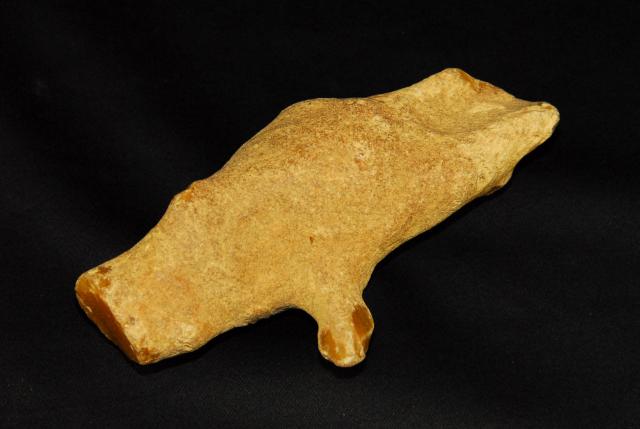 . .
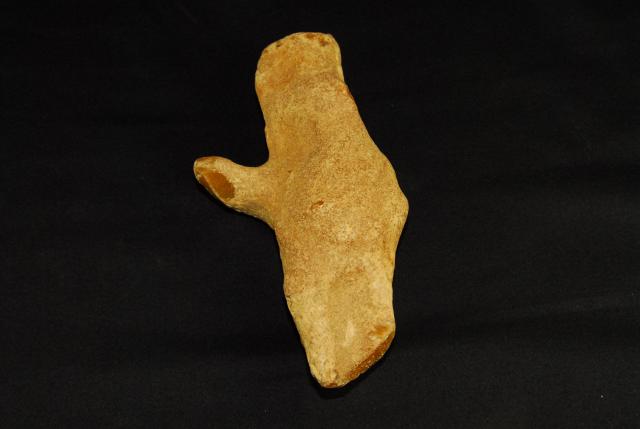
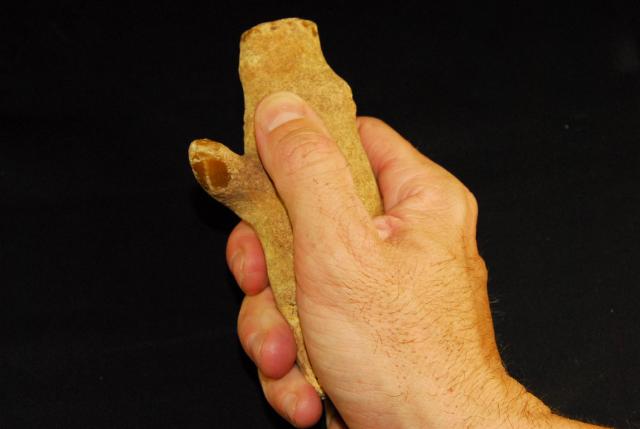
Amygdaloidal Bifacial handaxe - Vienne, France. Lower Paleolithic Period: 2.5 mya - 120,000 years ago. Material- Flint. 18.5 cm long x 12.5 cm wide.
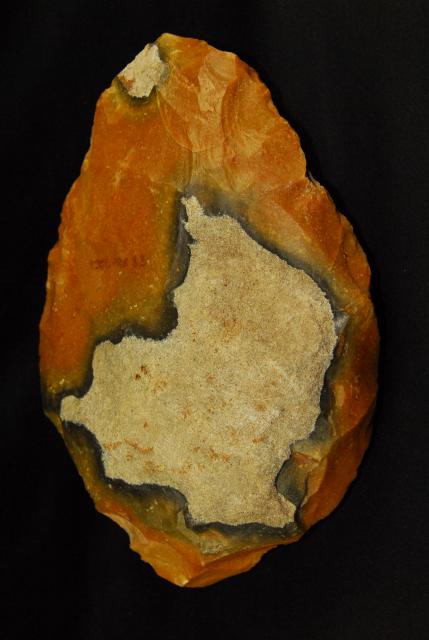
Acheulian Oviate handaxe - West kent, England. Lower Paleolithic: 2.5 mya - 250,000 years ago. Material- flint. 14.5 cm long x 10cm wide.
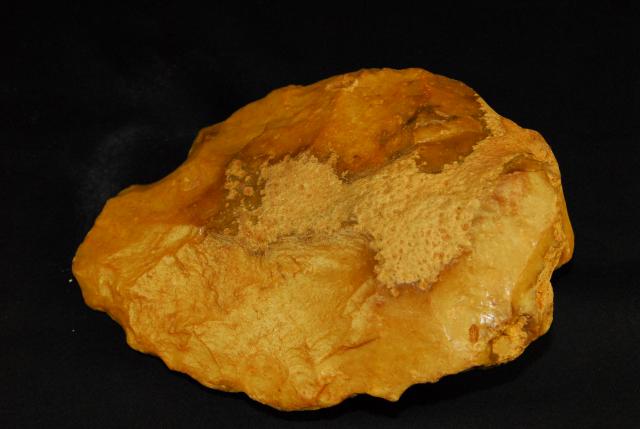
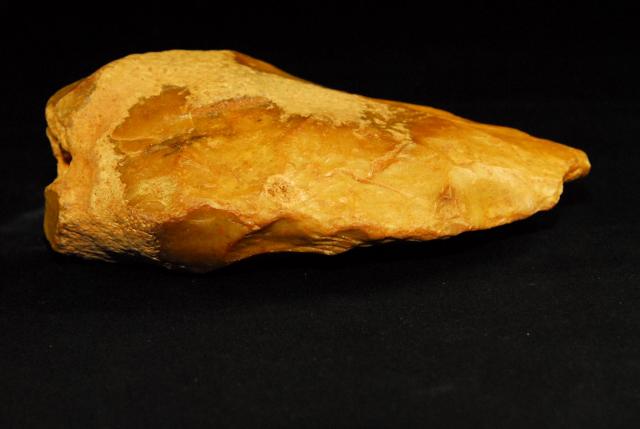
Acheulian Bifacial handaxe - Exposed Saharan Site, Algeria, North Africa. Lower Paleolithic Period: 1.2 mya - 500,000 years ago. This handaxe was fashioned by Homo Ergaster (African Homo Erectus). Material- Banded Jasper. 16cm long x 9cm wide.


Mousterian Bifacial Handaxe - Northfleet, Kent, England. Middle Paleolithic Period: 80,000 - 40,000 years ago. This handaxe was fashioned by Neanderthal man. Material- Flint. 9cm long x 7.5 cm.
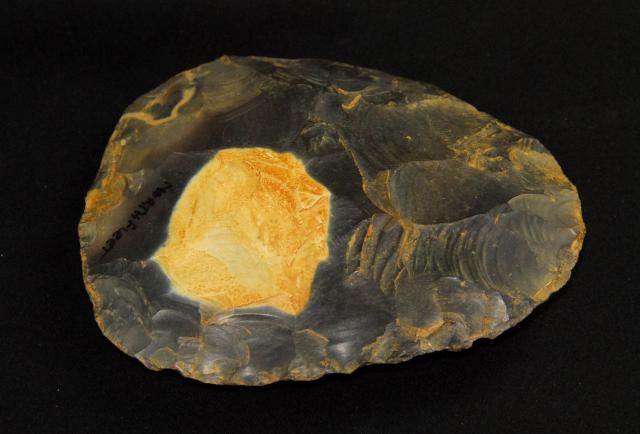

Neanderthal Mousterian Bifacial Handaxe - Sahara Desert, North Africa. Middle Paleolithic Period: 80,000 - 40,000 years ago. Material- Quartzite. 9 cm long x 5.5 cm wide.
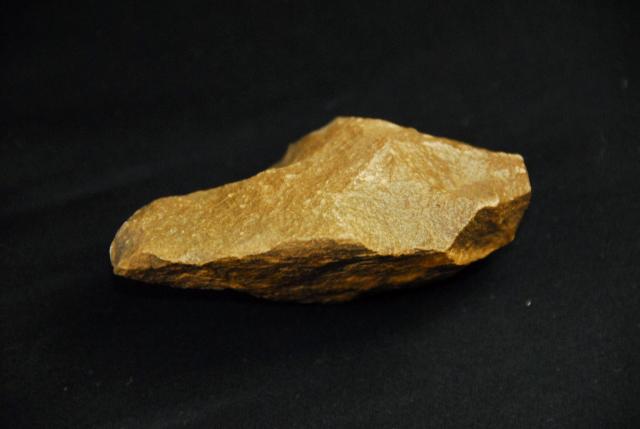
Neanderthal Mousterian Pick handaxe - Sahara Desert, Algeria, North Africa. Middle paleolithic Period: 80,000 - 40,000 years ago. Material- Quartzite. 10 cm long x 5.2 cm wide.
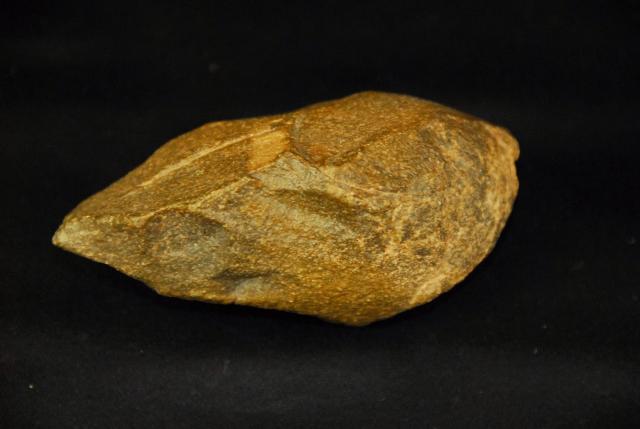
Pebble Hand Axe - Grenade- Haute Garonne Terraces, France. Oldowan Period- 600,000 - 400,000 years ago. Material- Quartzite. 17cm x 13.5 cm.
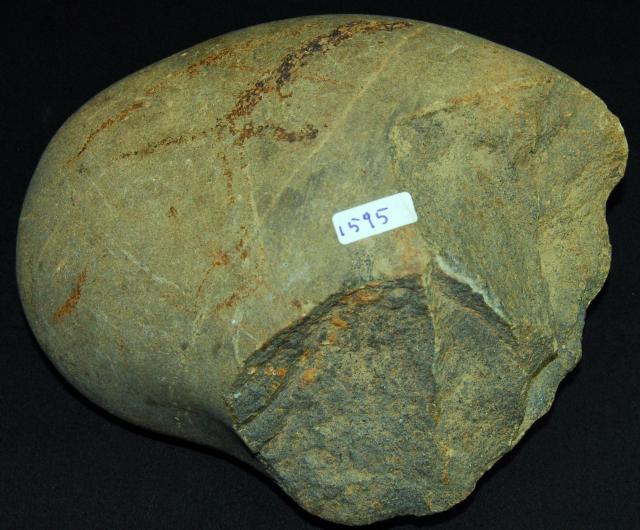
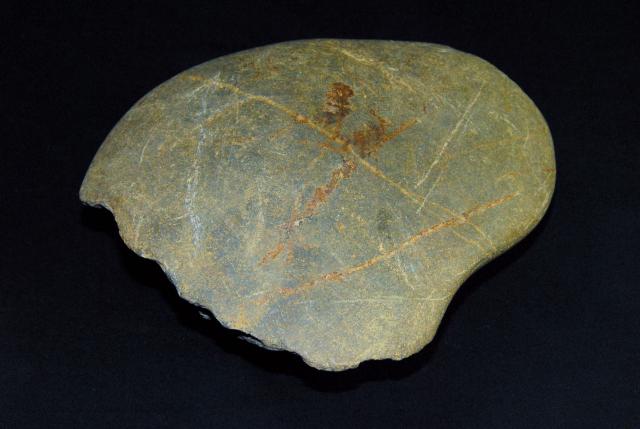
Acheulian Uniface Handaxe - (also known as a slipper axe) Twydall, Kent, England. Lower Paleolithic Period: 1.2 mya - 250,000 years ago. Material- Flint. 11 cm long x 7 cm wide. Collected in 1912.
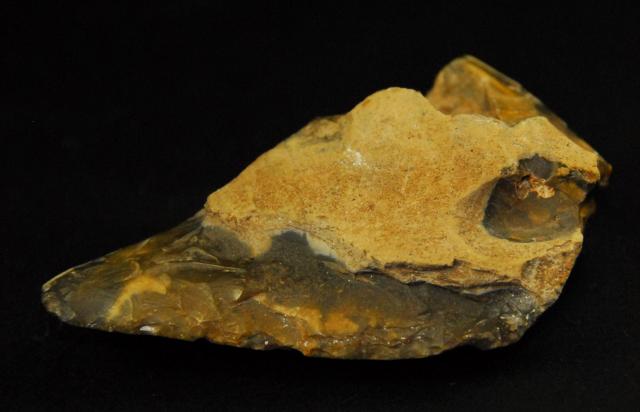
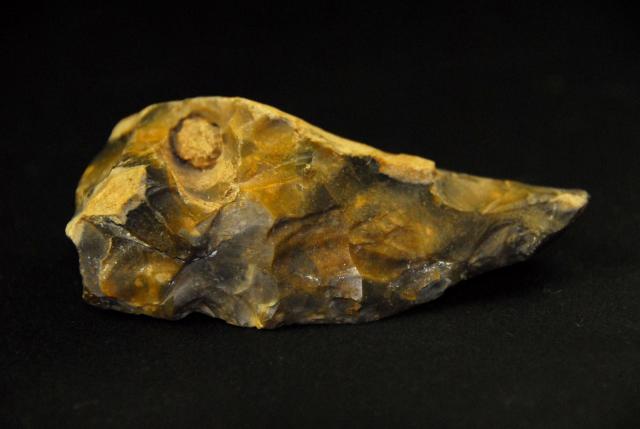
Acheulian Handaxe - Barnfield Pit, Swanscombe, Kent, England. Lower Paleolithic Period- 2.5 mya - 250,000 years ago. Material- Flint. 13.5 cm x 9cm.
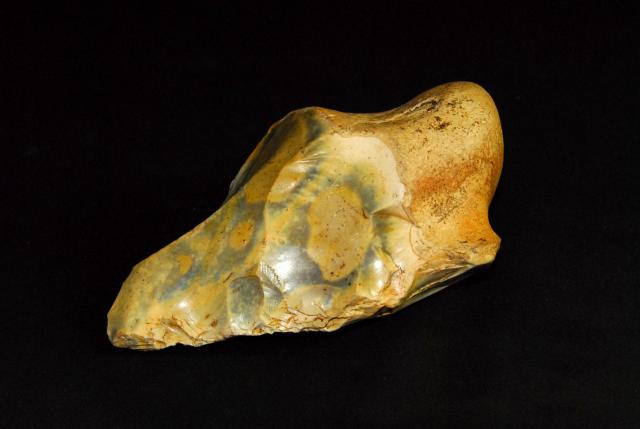
Evidence of direct percussion flaking.
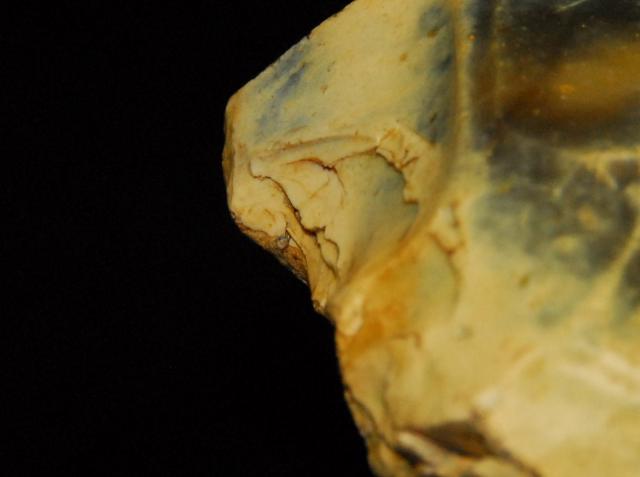
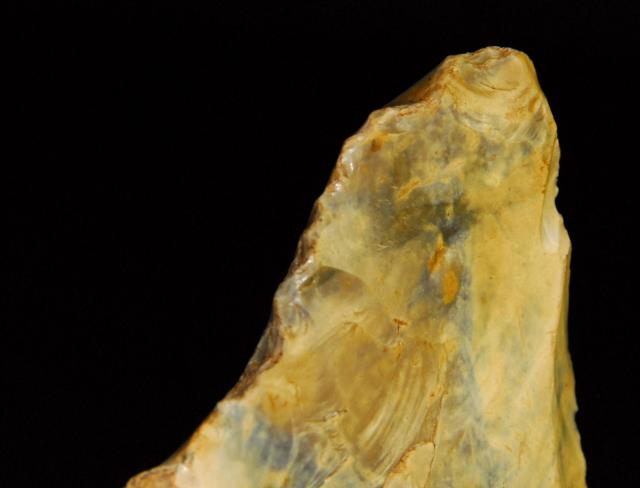
Neanderthal Cordiform Handaxe - Stumps Quarry, Craylands Lane, Maidenhead, Berkshire, England. European Middle Paleolithic Period: 150,000- 35,000 years ago. Material- Flint. 6.5 cm long x 5.5 cm wide. Formerly in the collections of famous archaeologists Reginald Smith and Henry Dewey. Collected in the early 1900's.
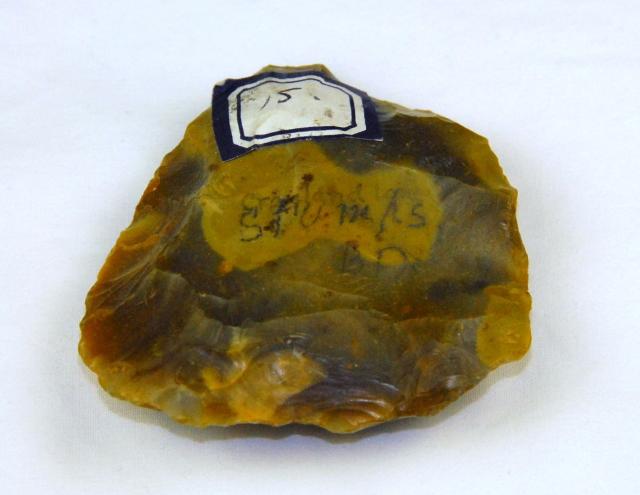
Neolithic handaxe - Oyrie'res, Haute- Saone Department, France. Neolithic Period: 5,000- 2,000 years ago. Material- flint. 9.2 cm long x 4 cm wide. Formerly in the collections of famous archaeologists Reginald Smith and Henry dewey.
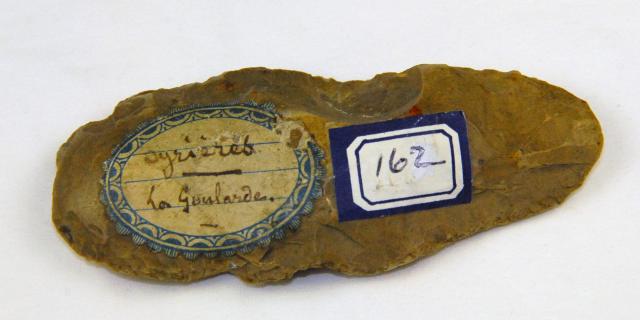
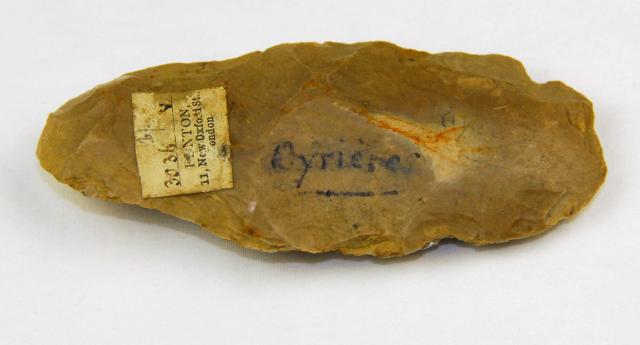
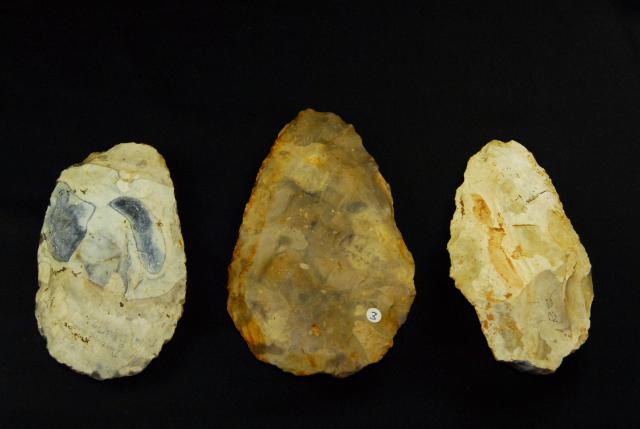
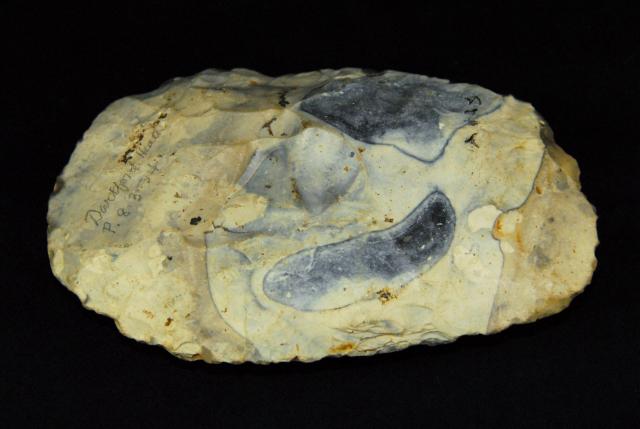
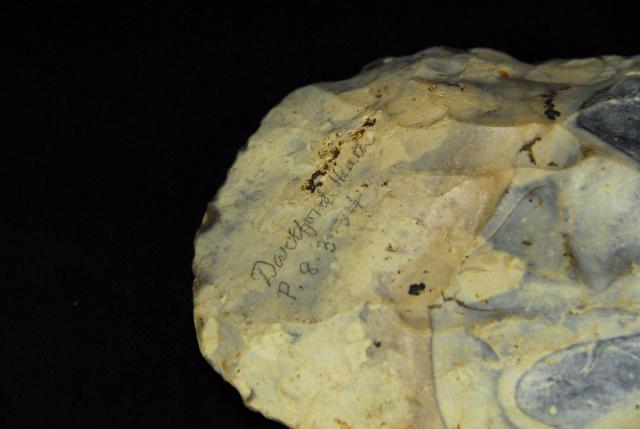
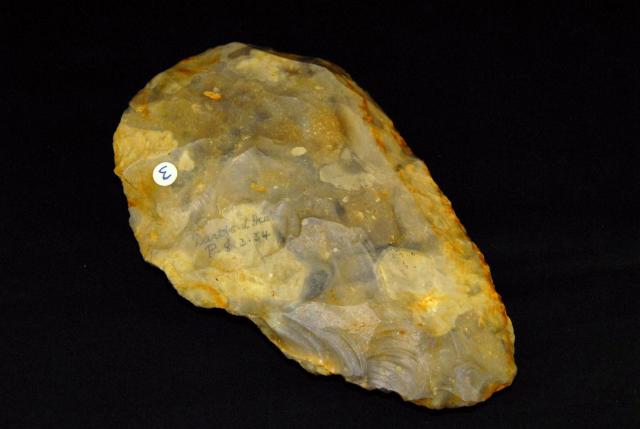
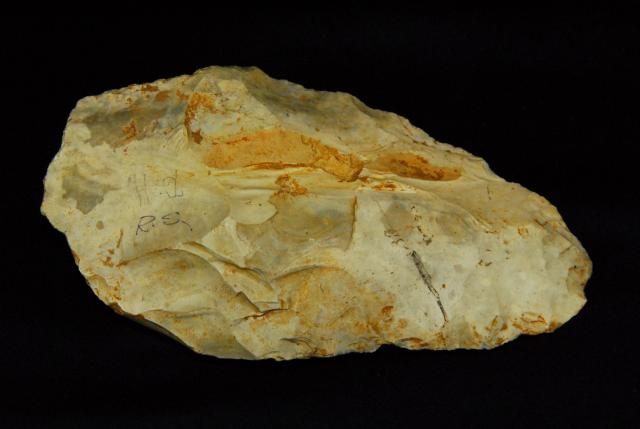
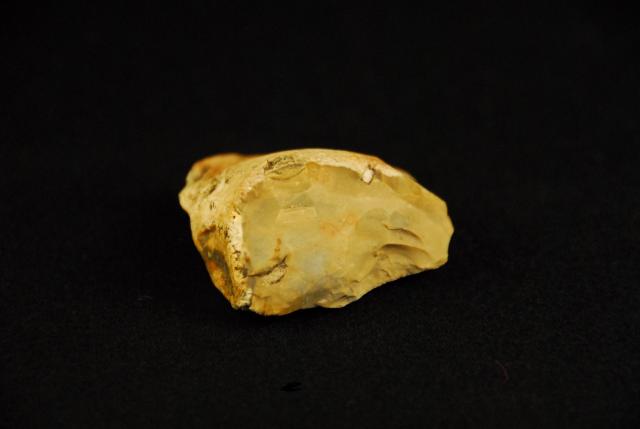
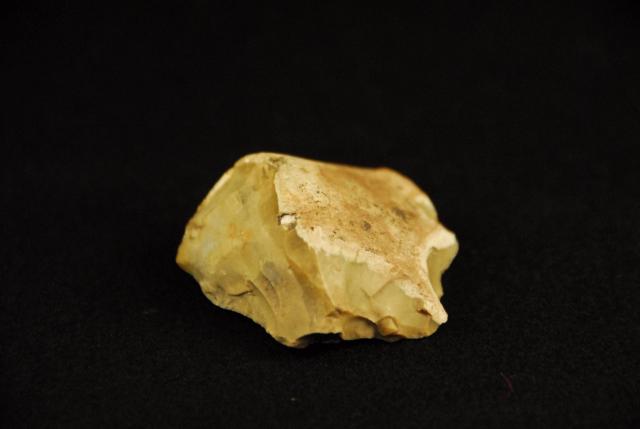
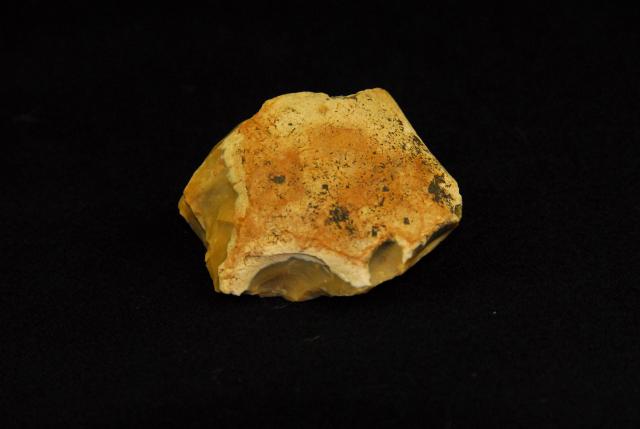
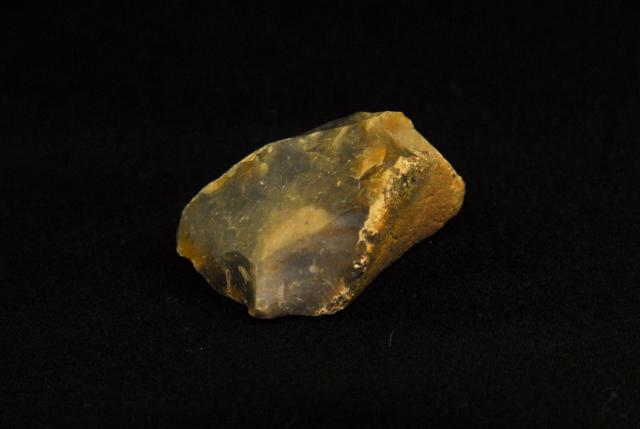
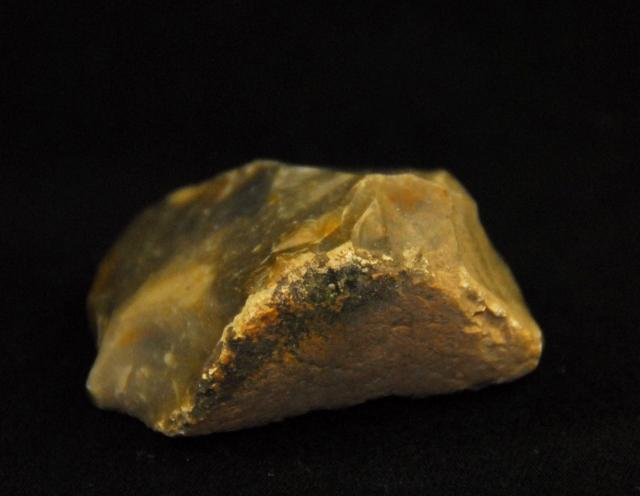
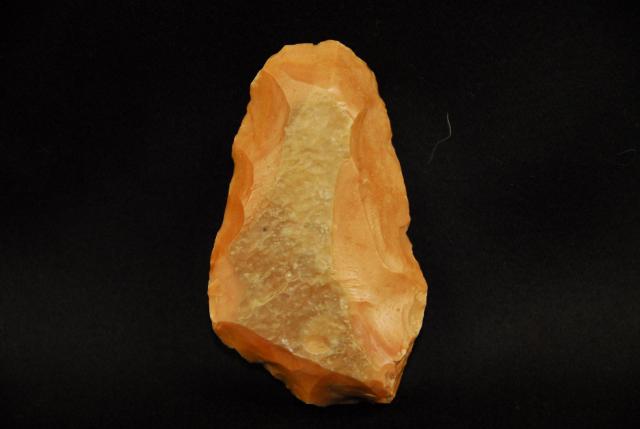
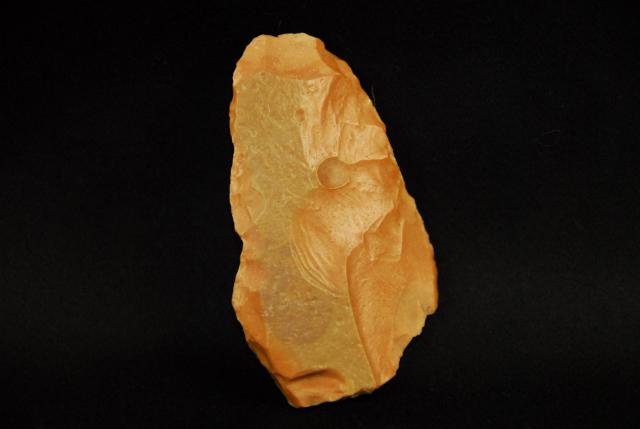
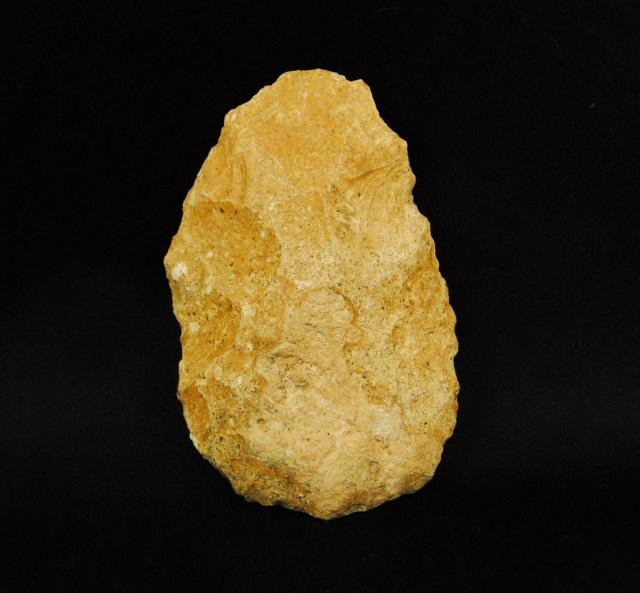
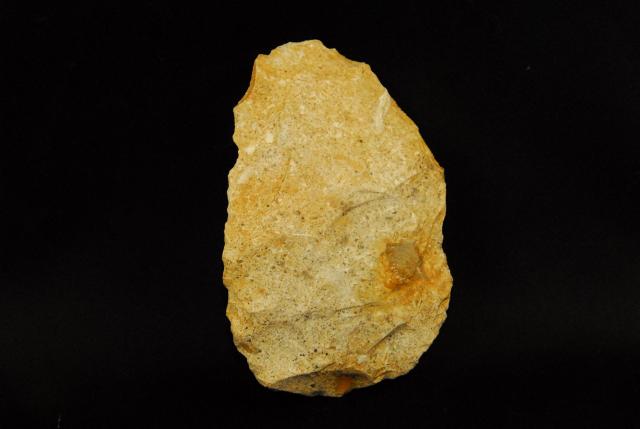
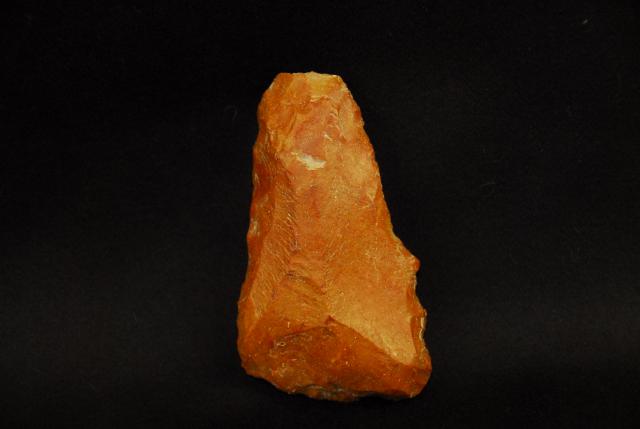
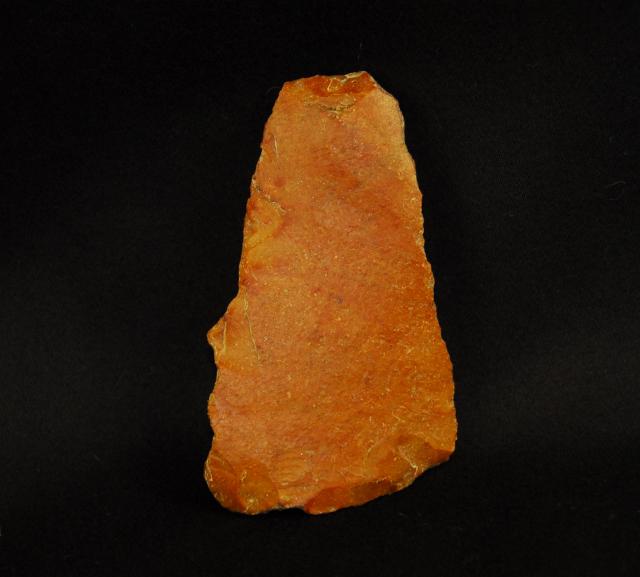

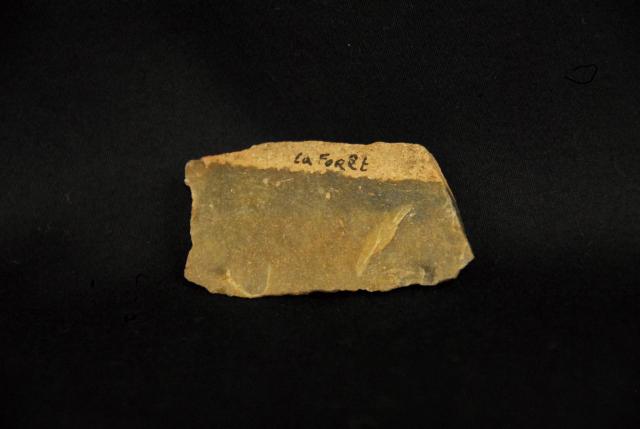
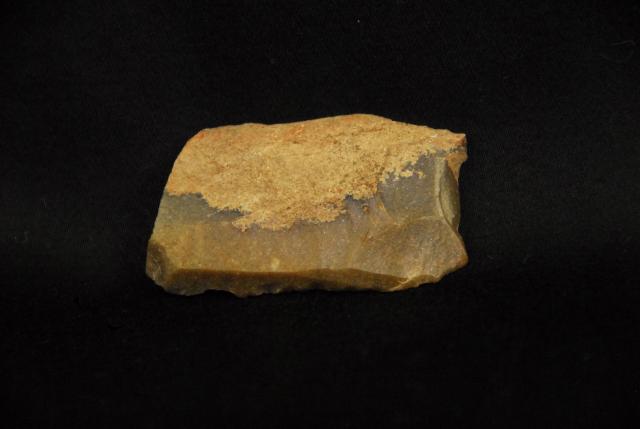

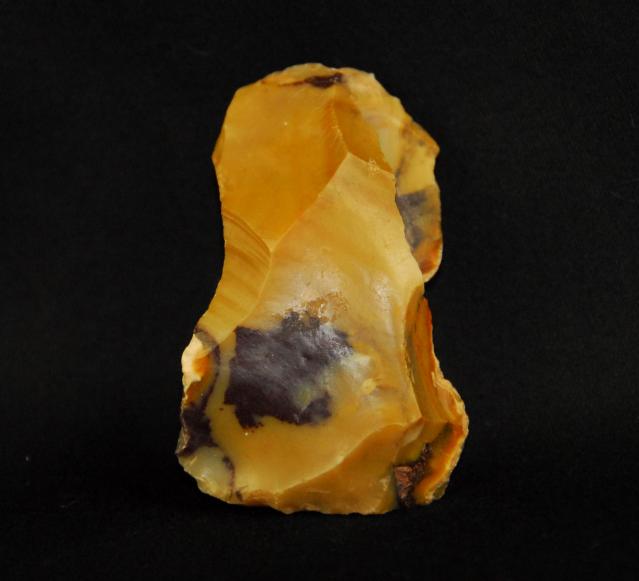
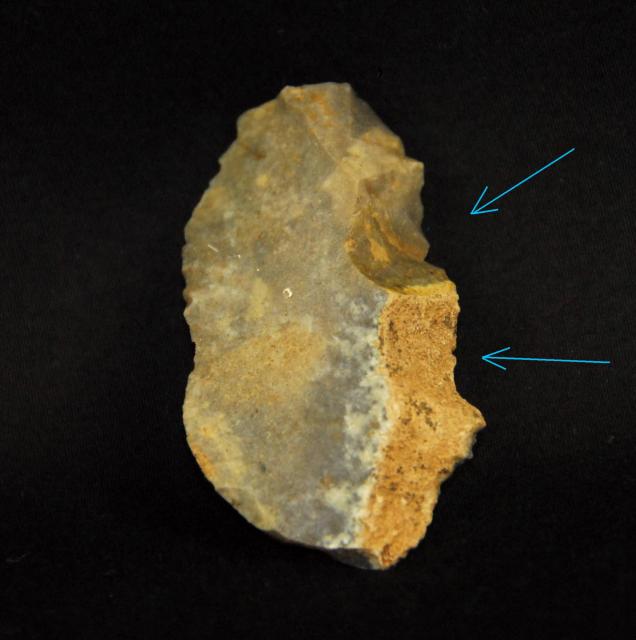
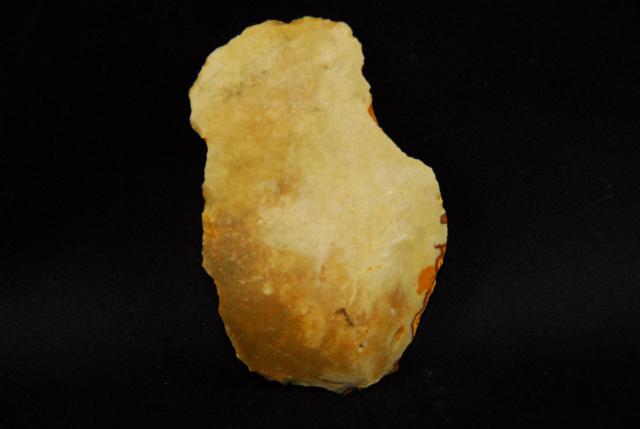
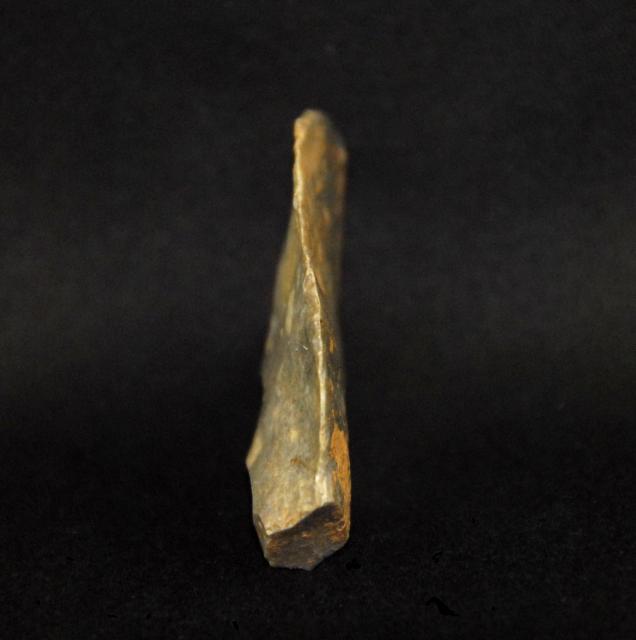
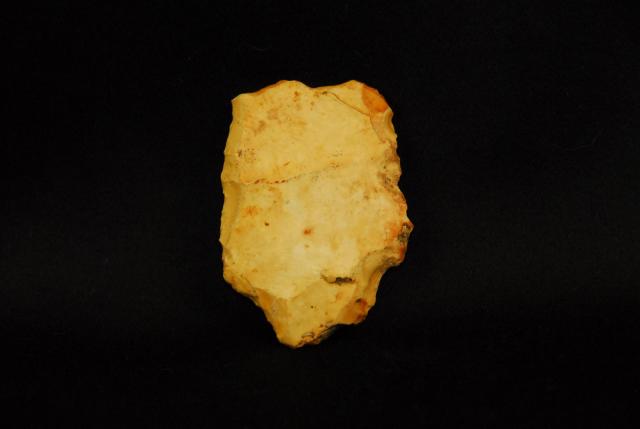
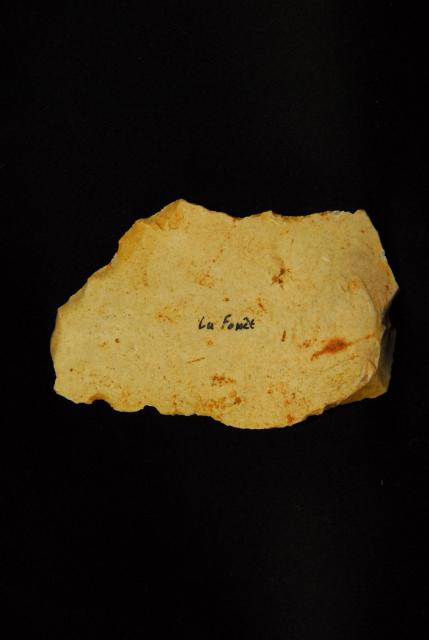
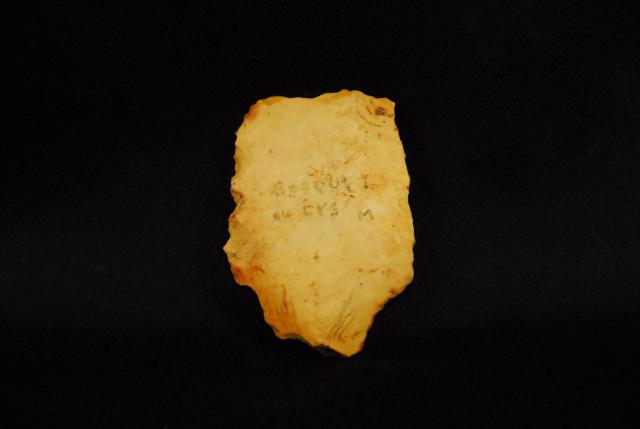
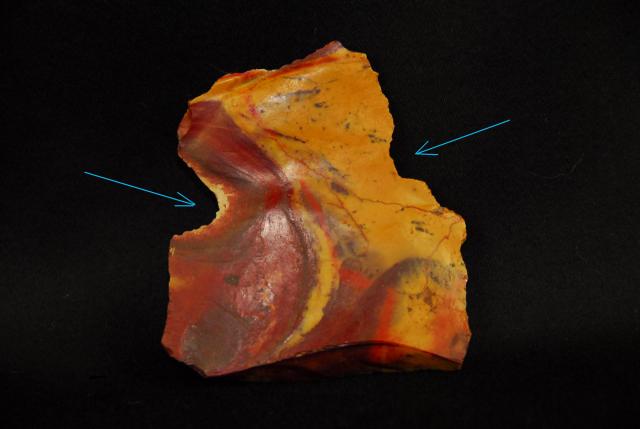
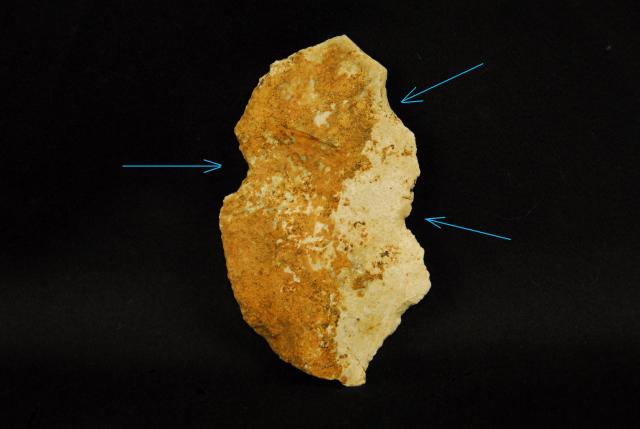
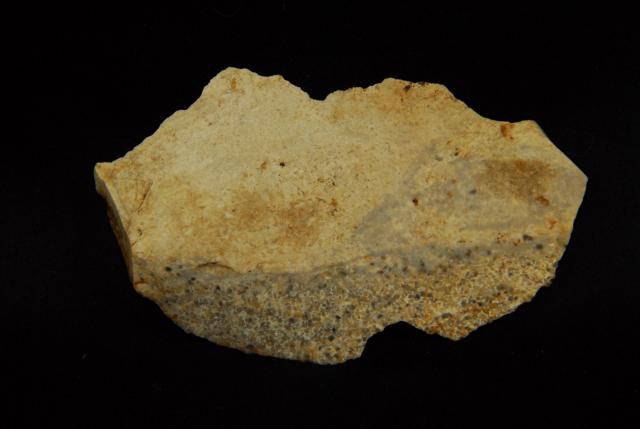
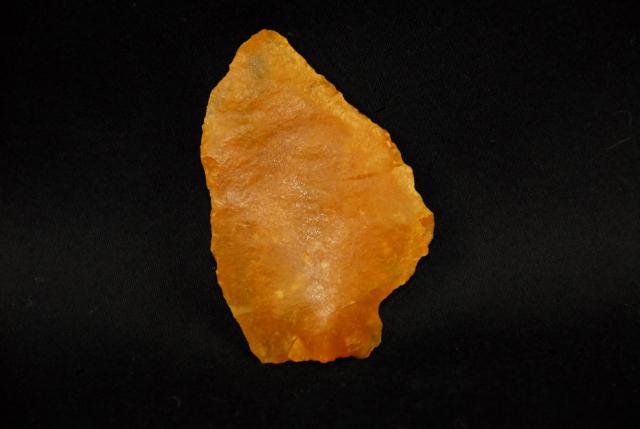
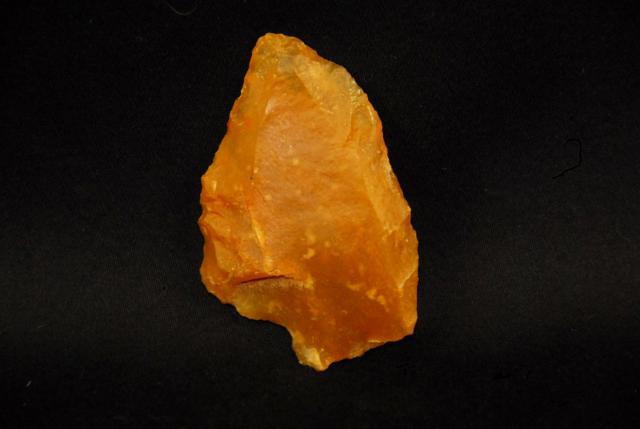
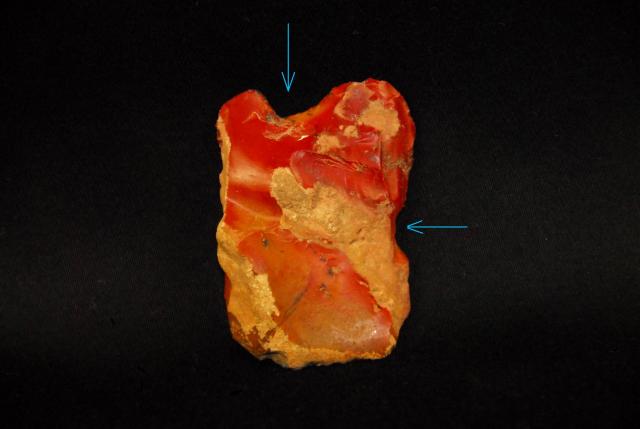
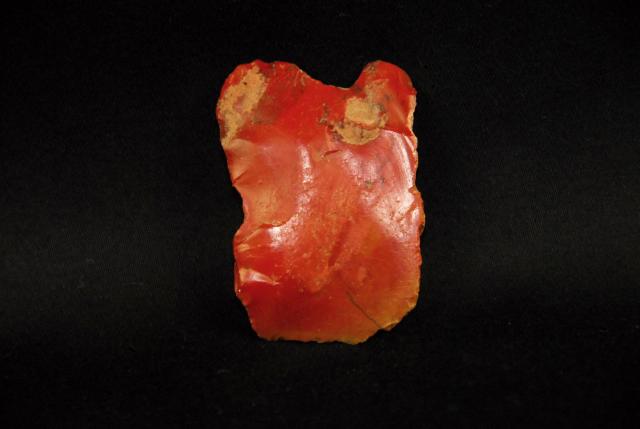
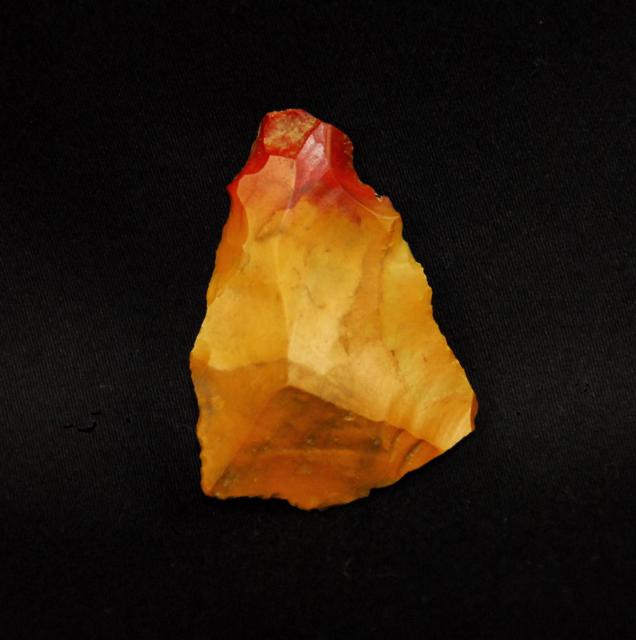

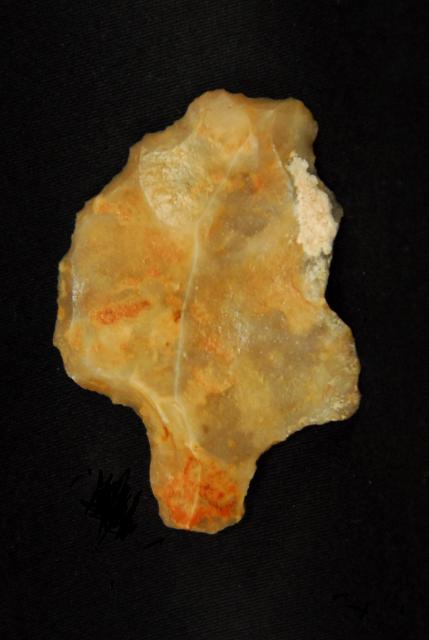

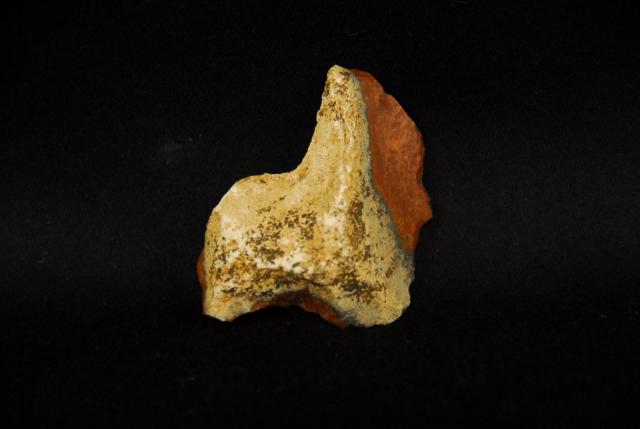
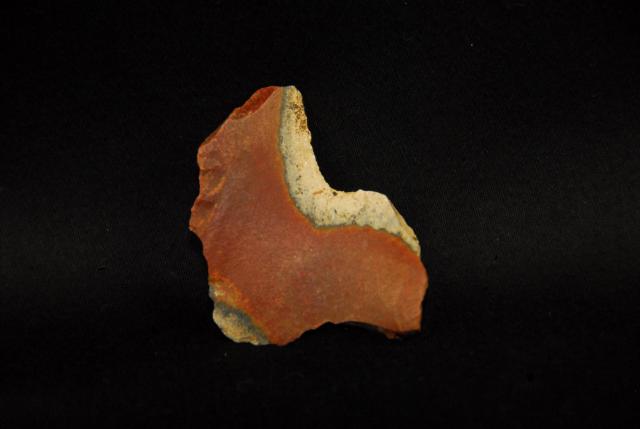
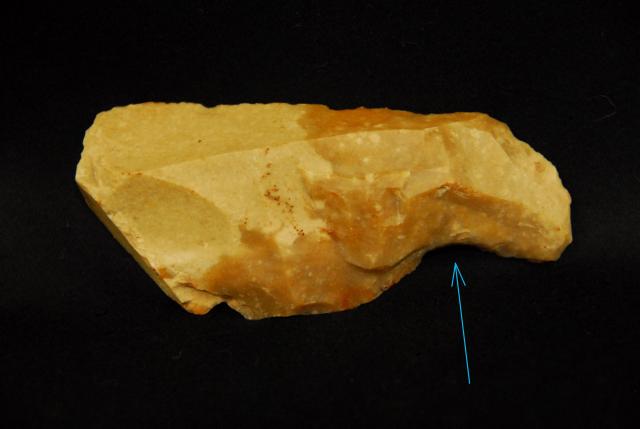
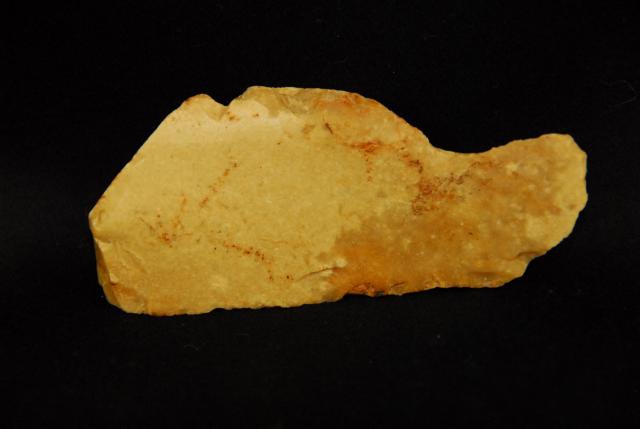
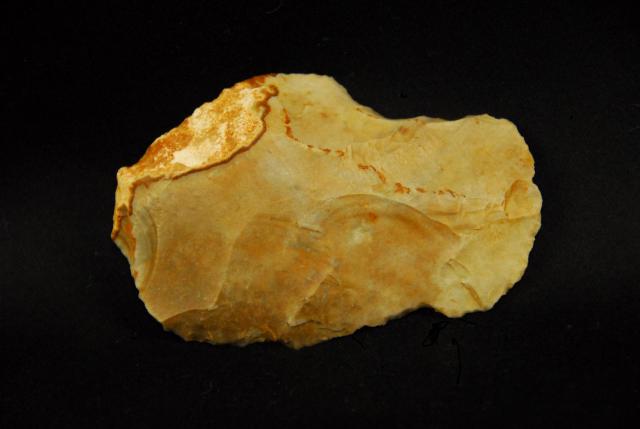
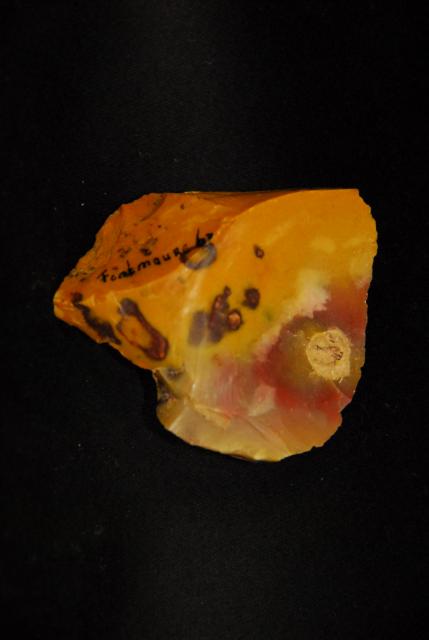
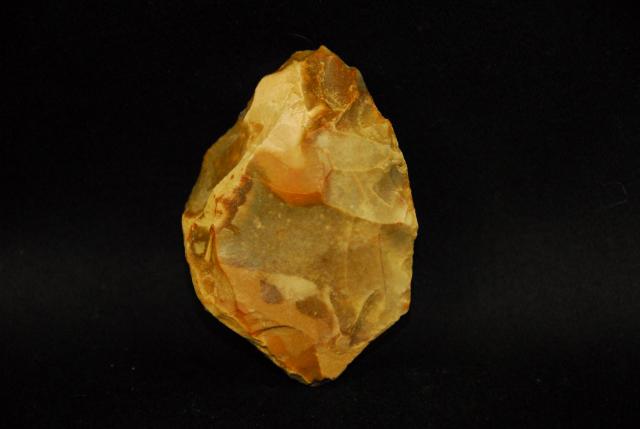
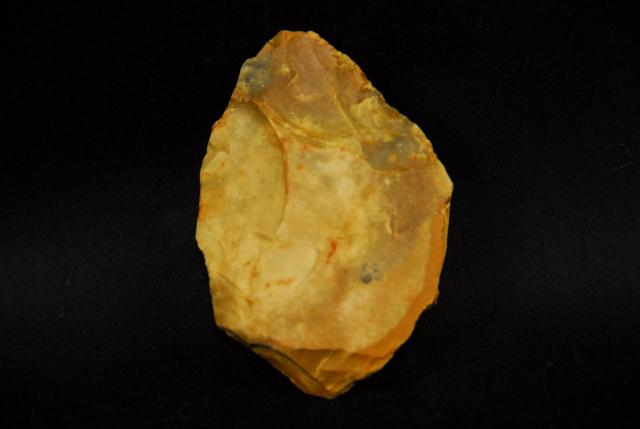
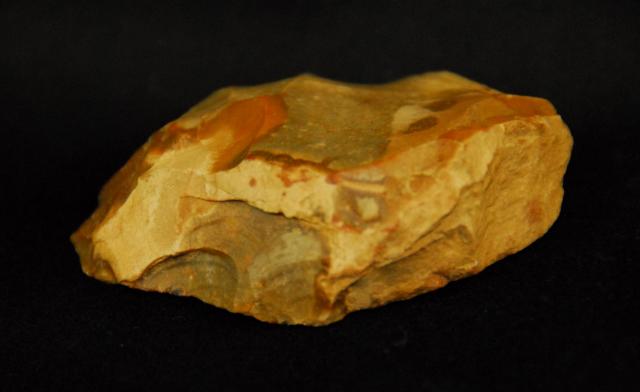
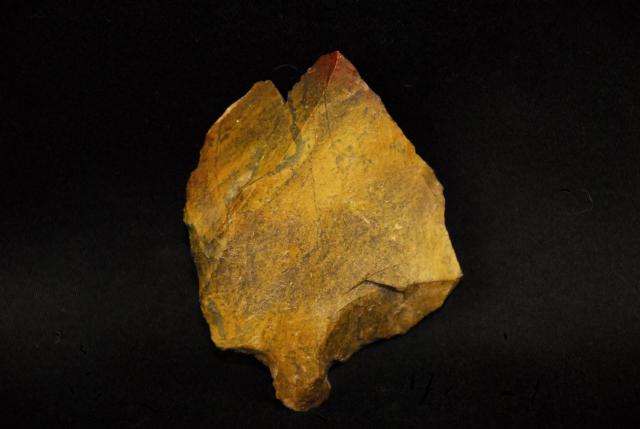
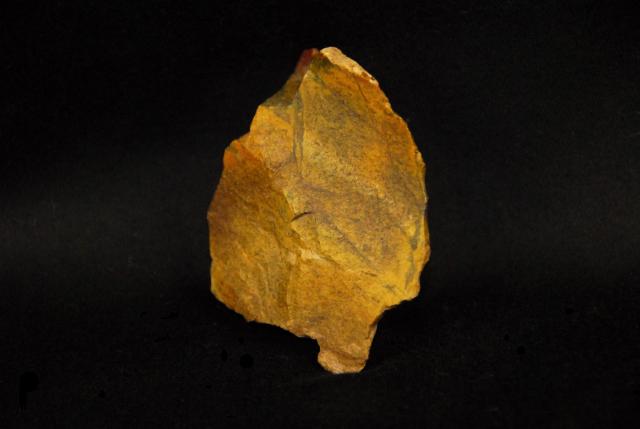
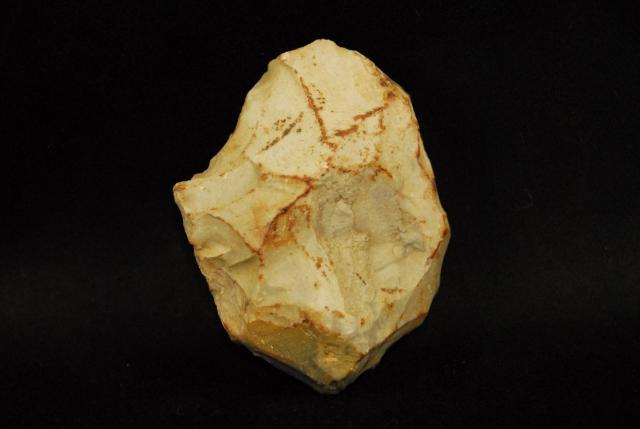
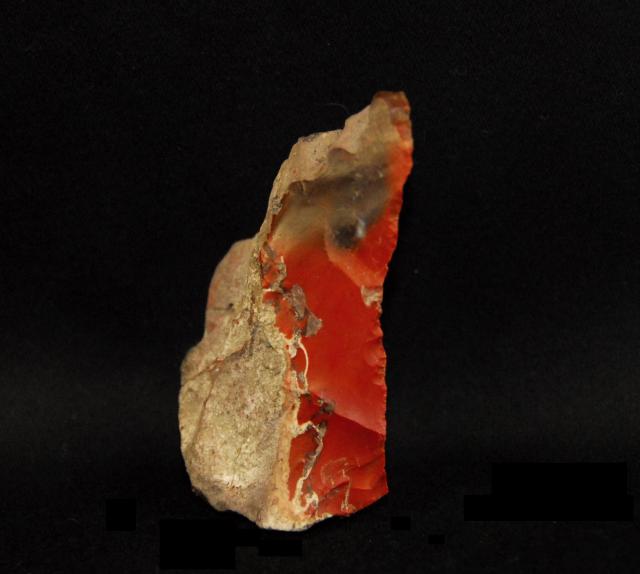
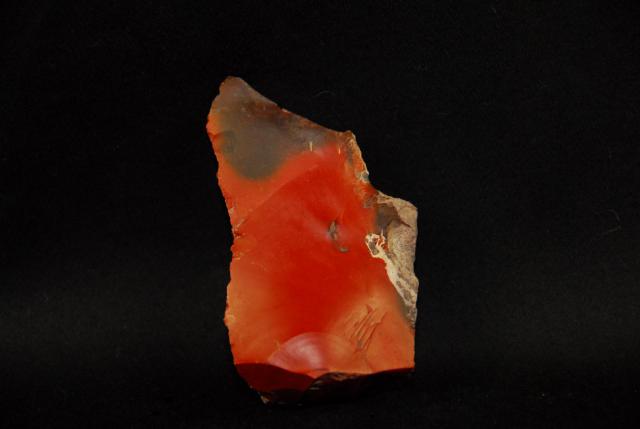
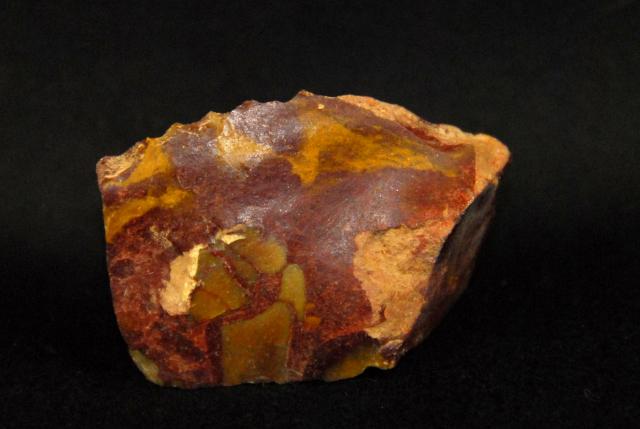
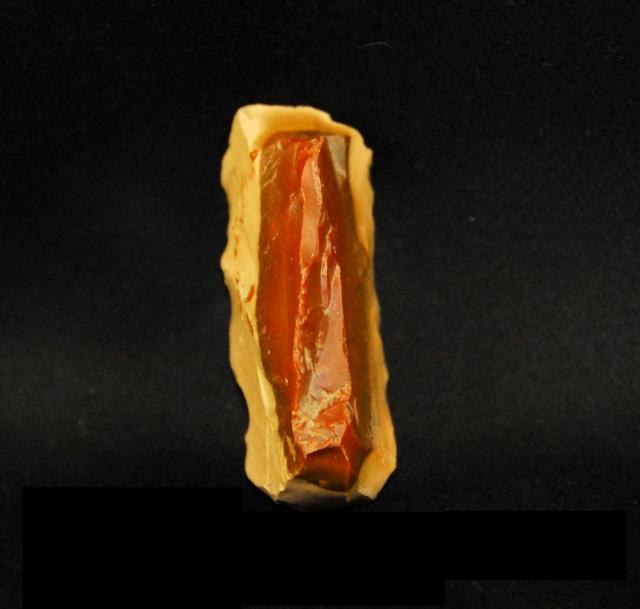
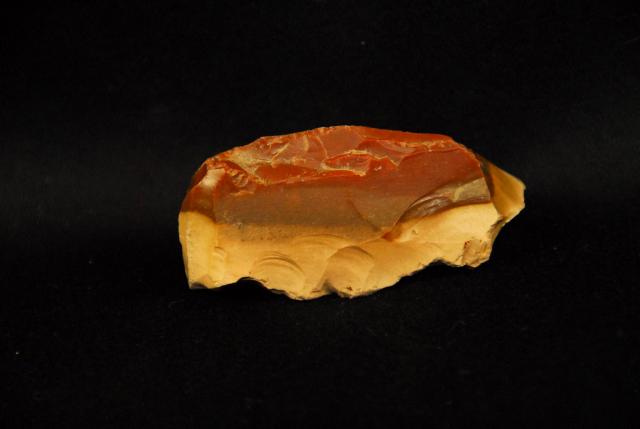
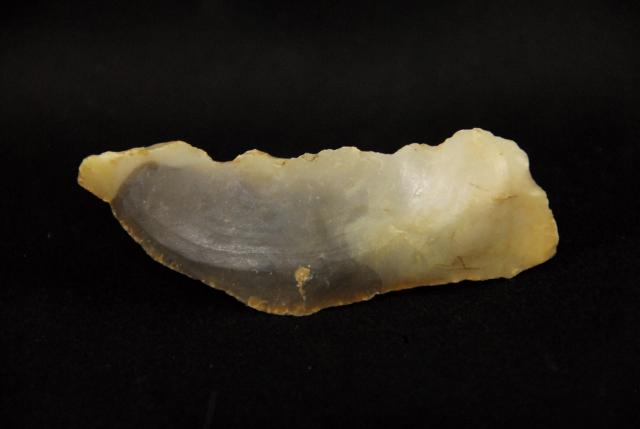
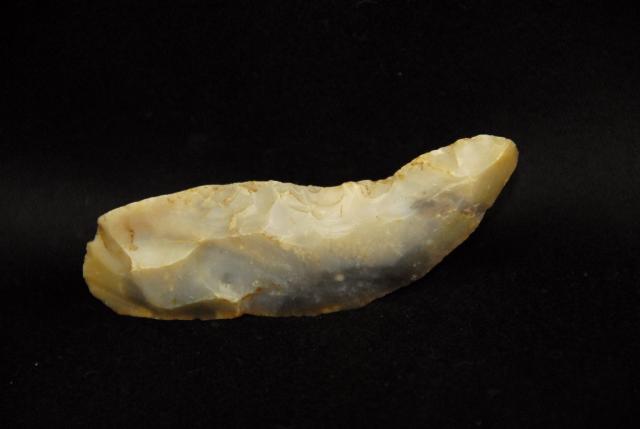
Tenerean Vesicular Basalt Mill and Grinding Stone - Exposed Sahara Site, Niger, Africa. Tenerean African Neolithic Period: 7,500 - 4,000 years ago. Mill is 18" long x 6" wide. Grinding stone is 7" wide.
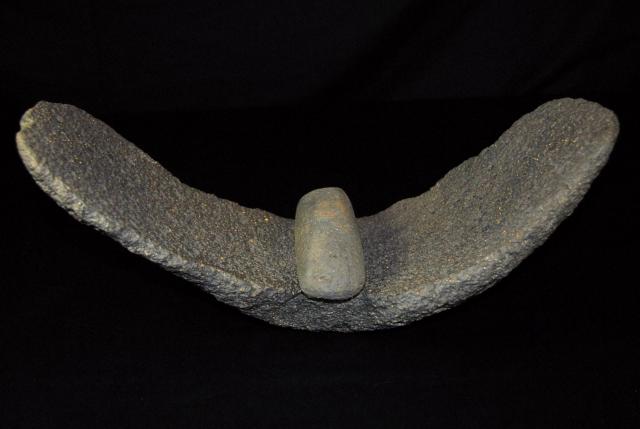
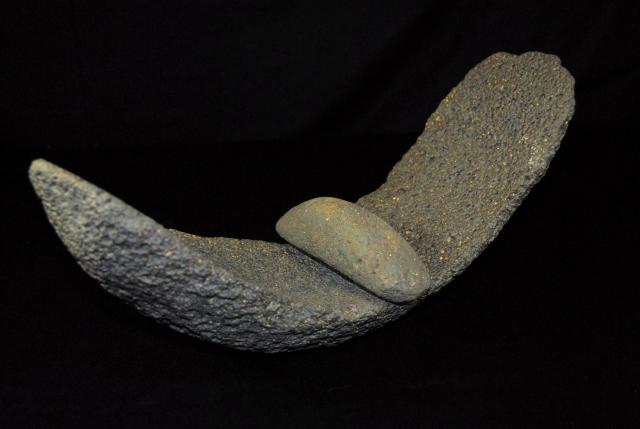
Roman Byzantine Weapons
Knobbed Iron Age mace - England. Byzantine Period( Eastern Roman): 10th - 14th Century AD. 6 cm tall x 8 cm wide. Material- Iron. Byzantine weapons from Great Britian are very rare.

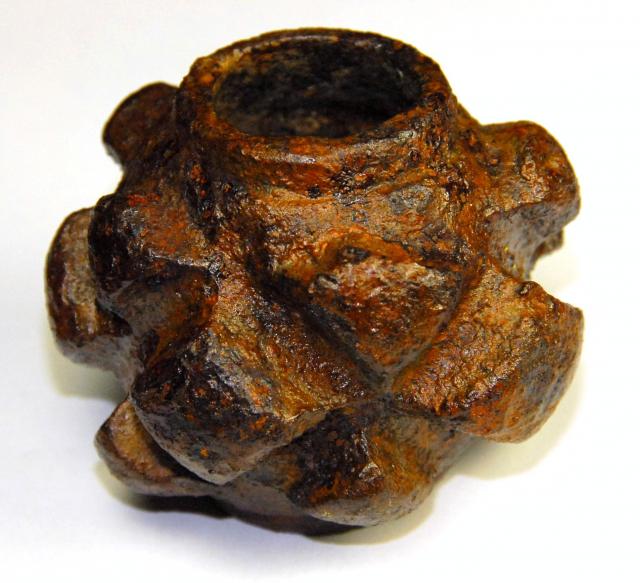
Spiked Iron Age mace - Balkan Region. Byzantine Iron Age: 6th - 14th Century AD. 5 cm tall x 9 cm wide. Material - Iron.
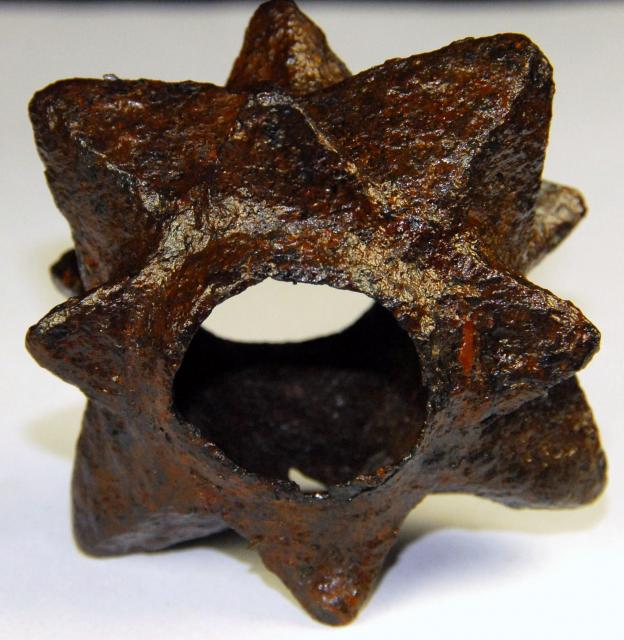
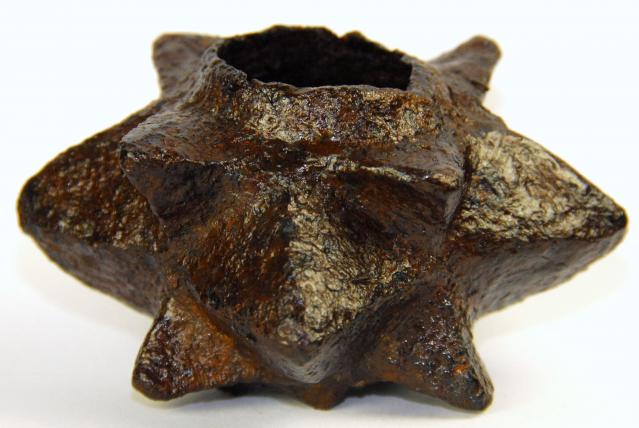
Hexagonal spiked Iron Age mace - Balkan Region. Byzantine Iron age: 6th - 14th Century AD. 6 cm tall x 8.5 cm wide.
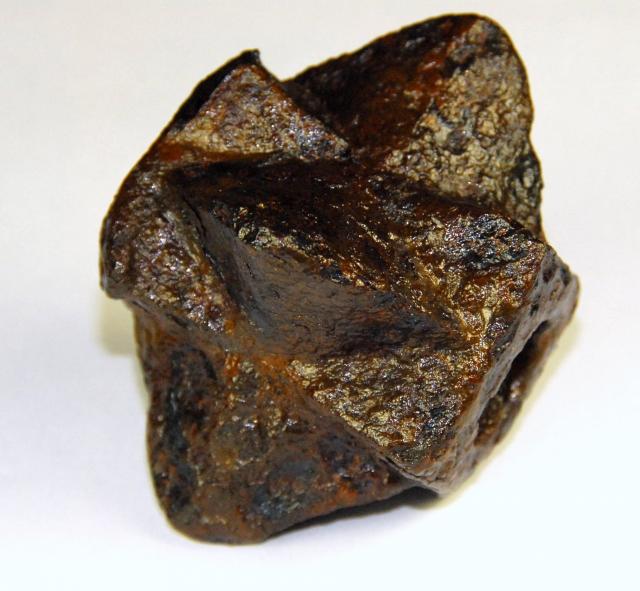
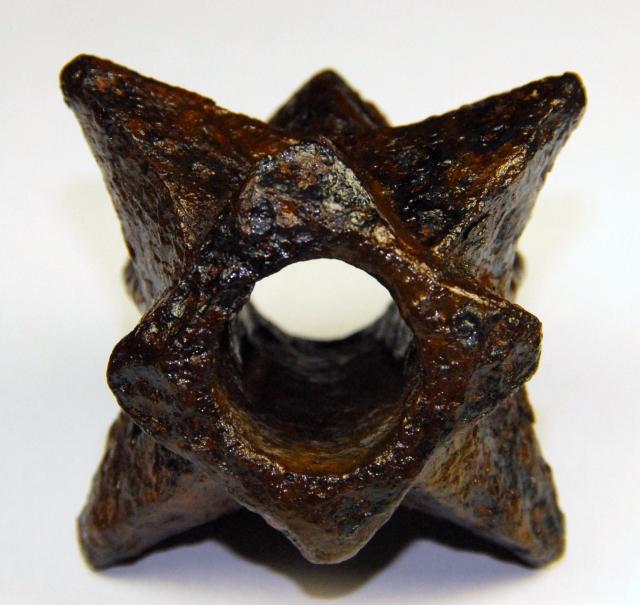
Bronze spiked mace - Balkan Region, Danube River Valley. Byzantine Iron Age: 6th - 14th Century AD. 6 cm tall x 8 cm wide. Rare decorative design, indicative of Byzantine Roman army elite.

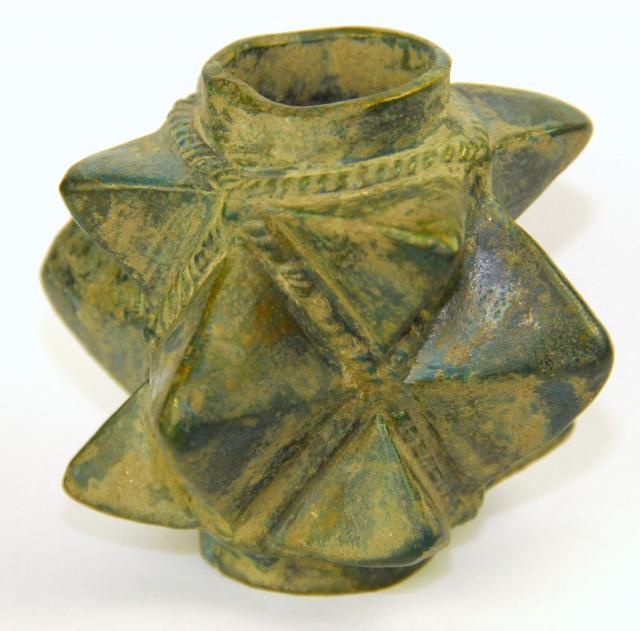
Bronze knobbed mace - Balkan Peninsula, Macedonia. Near east Bronze Age: 3,300 - 1,200 BC. 6 cm tall x 8 cm wide.
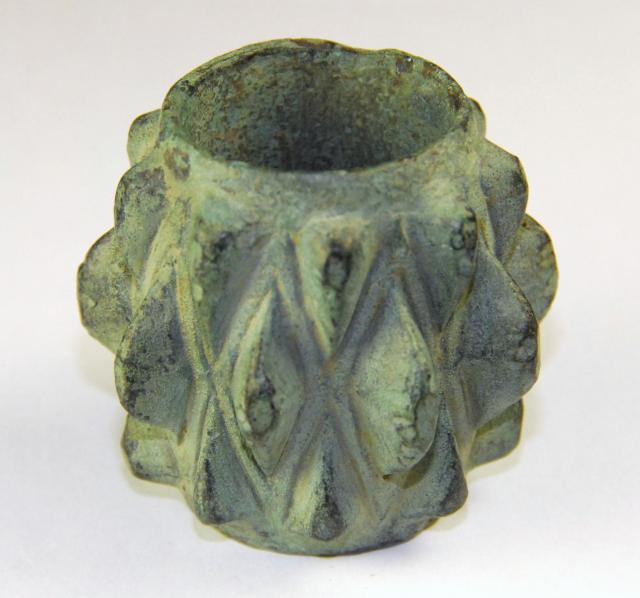
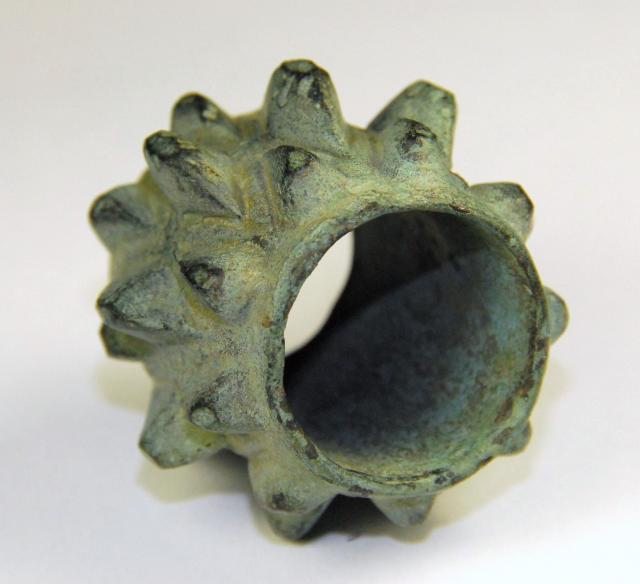
Bronze spiked mace - balkan region, Danube River Valley. Byzantine Iron age: 6th - 14 th Century AD. 6 cm tall x 8.5 cm wide.
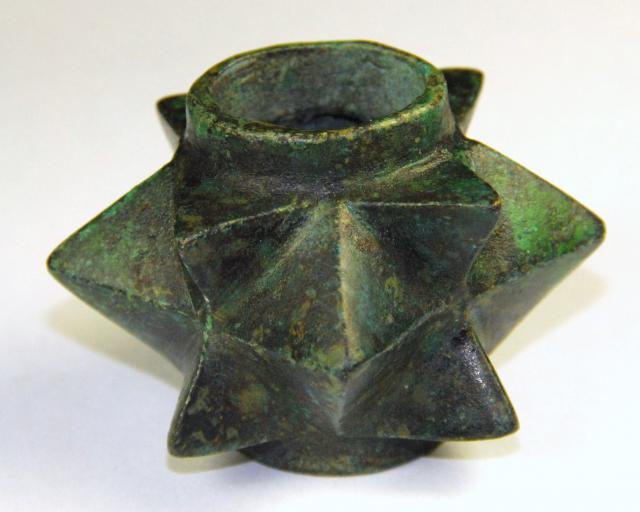
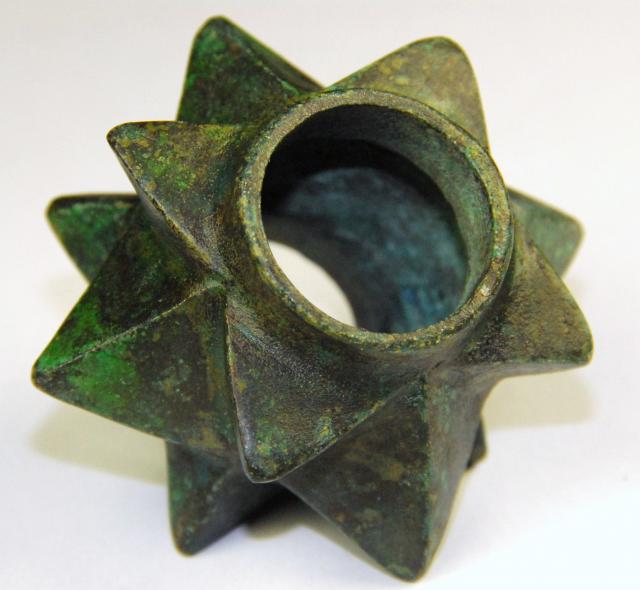
Bronze knobbed mace - Balkan Peninsula, Macedonia. Near East Bronze age: 3,300 - 1,200 BC. 4 cm tall x 6.5 cm wide.
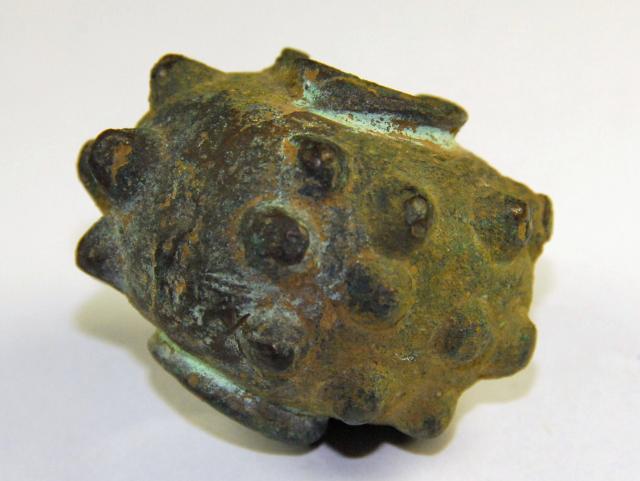
Pre- Columbian Weapons
Knobbed stone mace - West Mexico. 300 BC. - 300 AD. Colima Culture, Pre-Columbian. 6 cm wide - 3.5 cm tall. materal- Volocanic Porphyry. Ex. Lynn Langdon collection
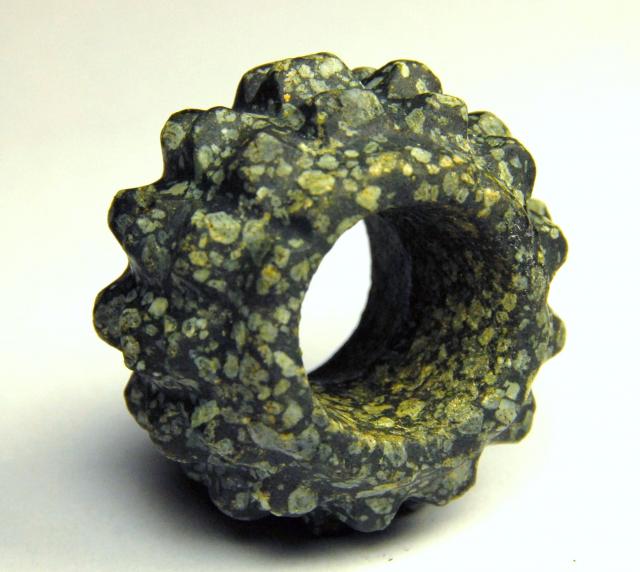
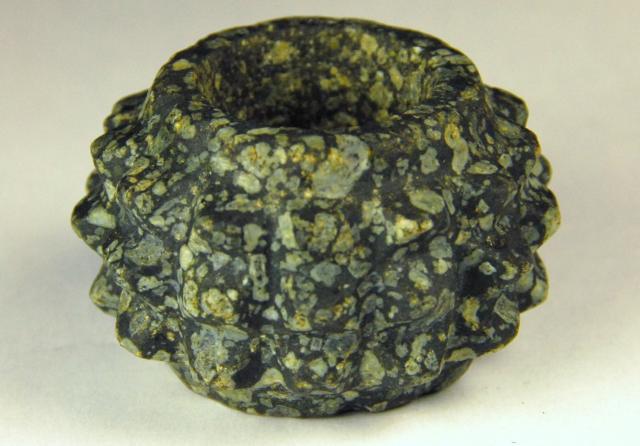
Carved stone mace - West Coast Mexico. 300 BC. - 200 AD. Colima Culture, Pre-Columbian. 6.5 cm wide - 4.5 cm tall. Material- Quartzite. Ex. Lynn Langdon collection.
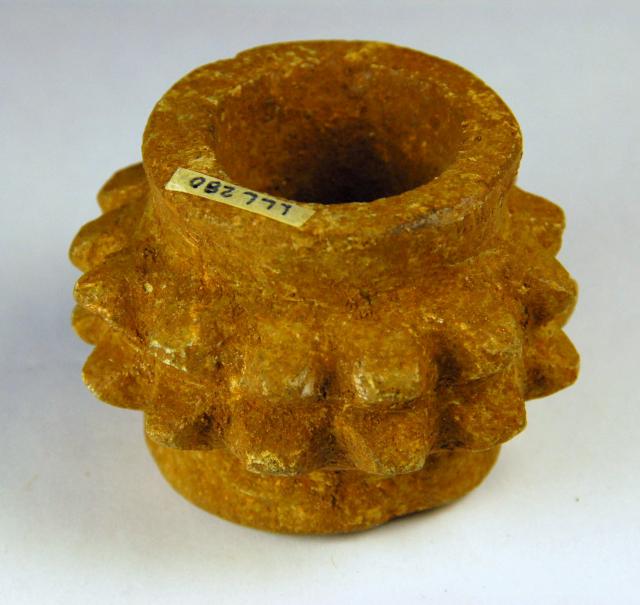
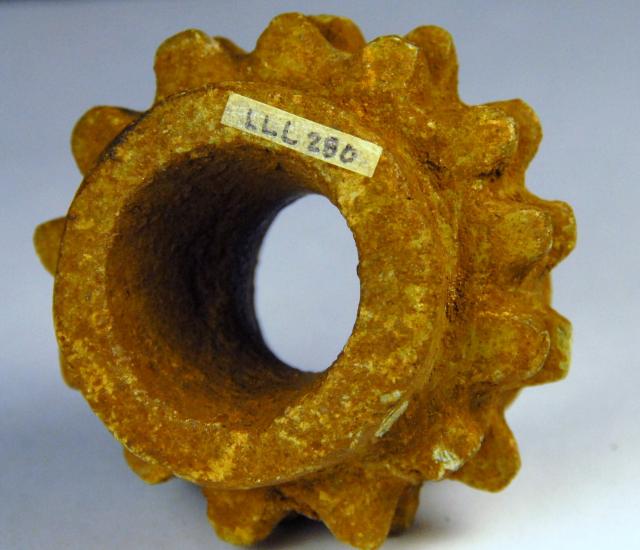
Grooved stone mace - West Coast Mexico. 300 BC. - 200 AD. Colima Culture, Pre-Columbian. 4.5 cm wide - 3.8 cm tall. Material- Volcanic Porphyry. Ex. Lynn Langdon collection.
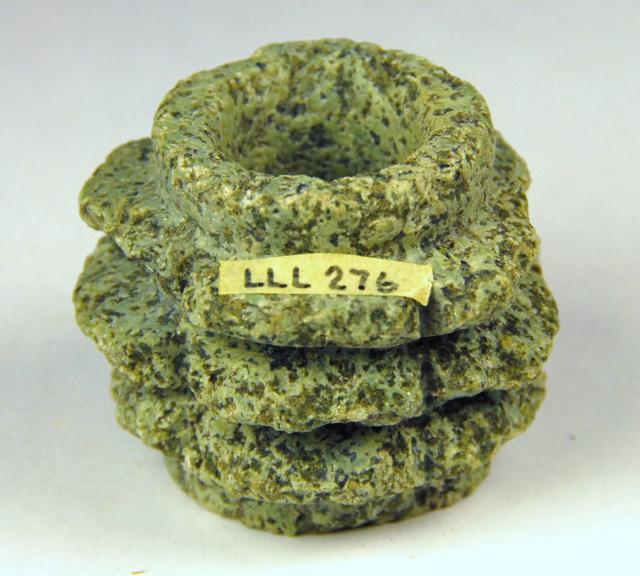
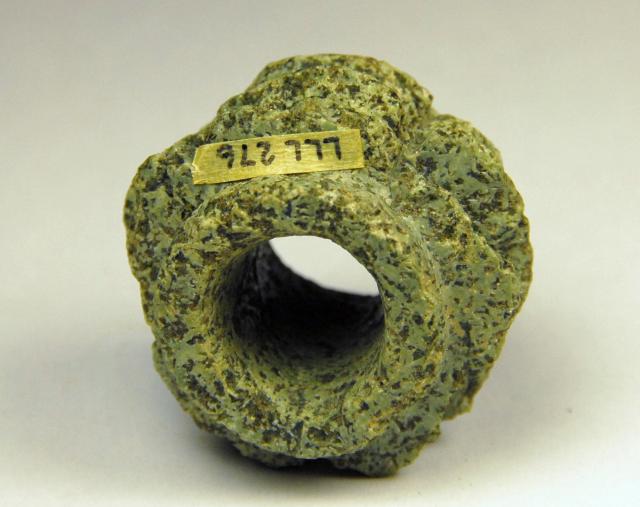
Carved stone mace - West Coast Mexico. 300 BC. - 200 AD. Colima Culture, Pre-Columbian. 3.5 cm wide - 3 cm tall. Material- Pink Alabaster. Ex. Lynn Langdon collection
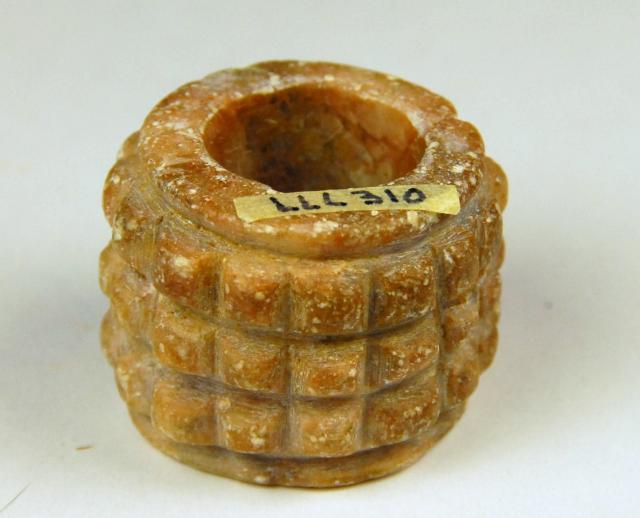
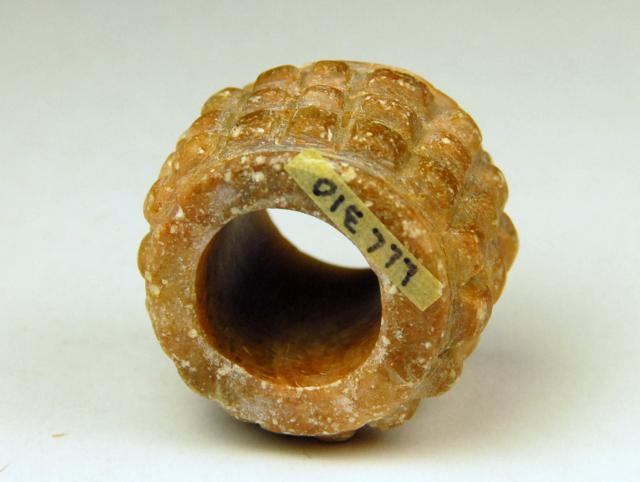
Knobbed stone mace - West Mexico. 300 BC. - 300 AD. Colima Culture, Pre-columbian. 4.5 cm wide - 2.5 cm tall. Material- Volcanic Porphyry. Ex. Lynn Langdon collection.
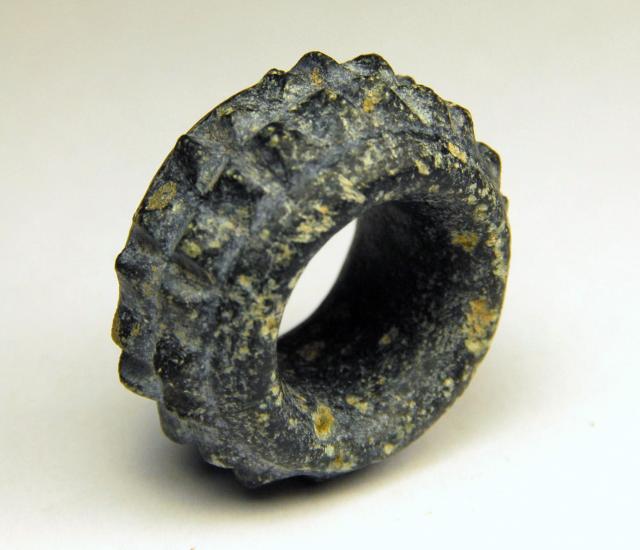
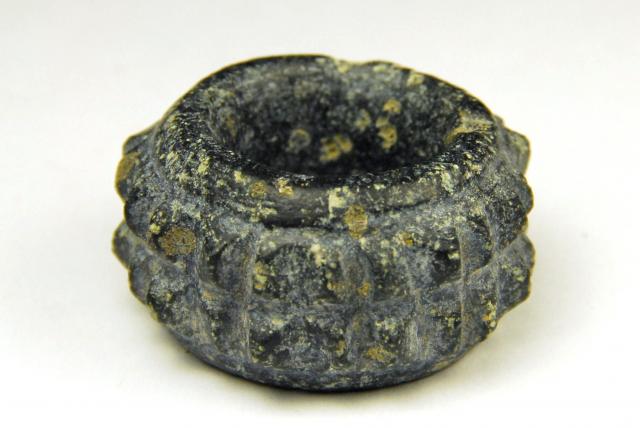
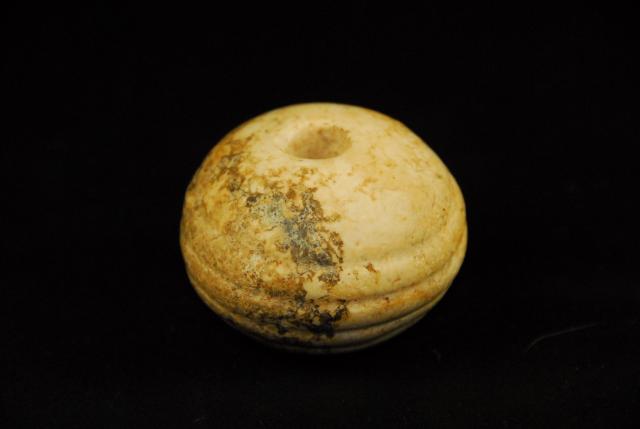
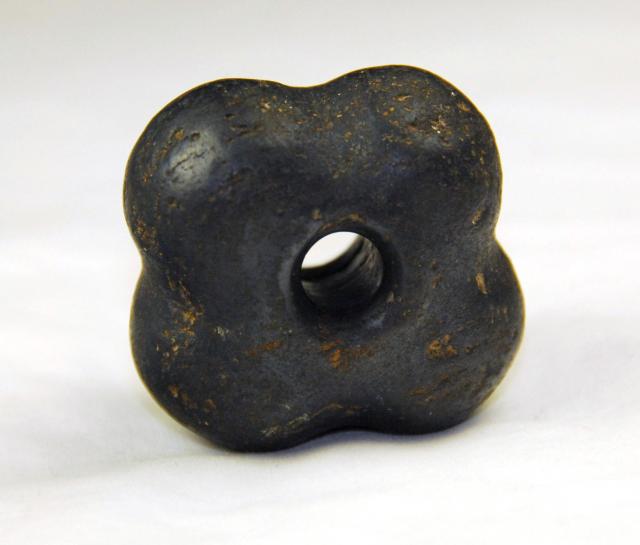
Stone mace - Puira, North Coast, Peru. 300 BC. - 300 AD. 9 cm wide - 5 cm tall. Material- Chert. Bi-Conically drilled. Ex. Dutch collection 1970's.
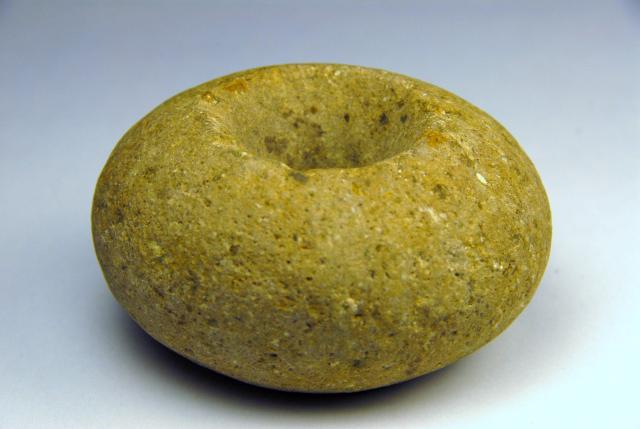
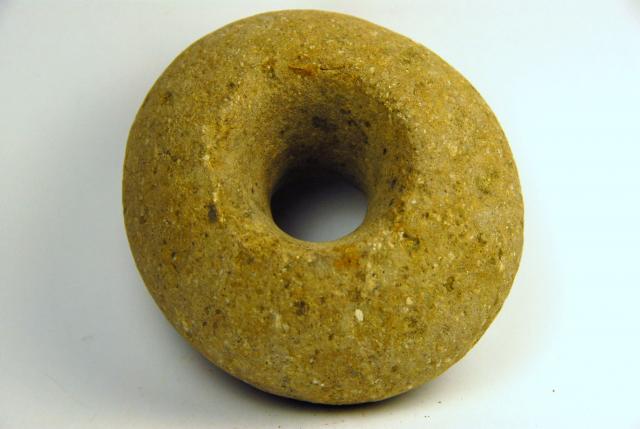
Neolithic stone hammer axe - Eastern denmark. Neolithic Period: 9,000 - 2,000 years ago. 12 cm long x 5 cm tall. Material- Hardstone.

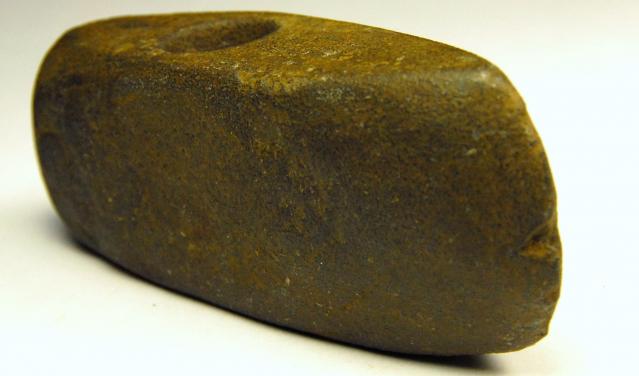
Neolithic stone hammer axe - Eastern Denmark. Neolithic Period - 9,000 - 2,000 years ago. 10 cm long x 5.5 cm wide. Material- Hardstone.
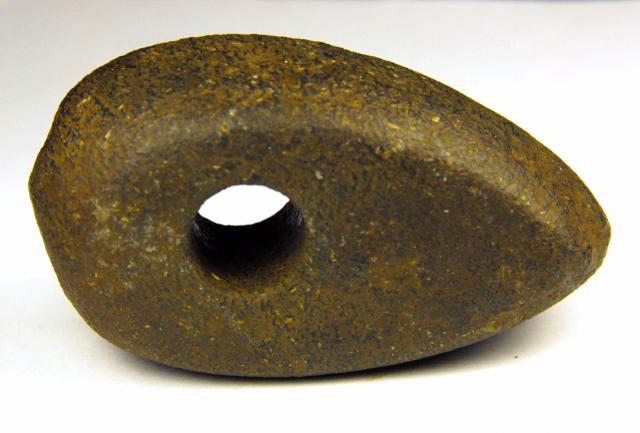
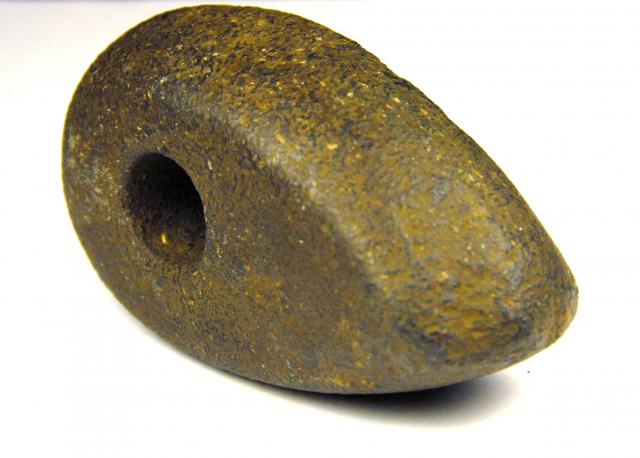
Polished stone mace - Northern Andean Highlands, Peru. 900 BC - 200 BC. Chavin culture. 7.5 cm tall x 7 cm wide. Material- Diorite
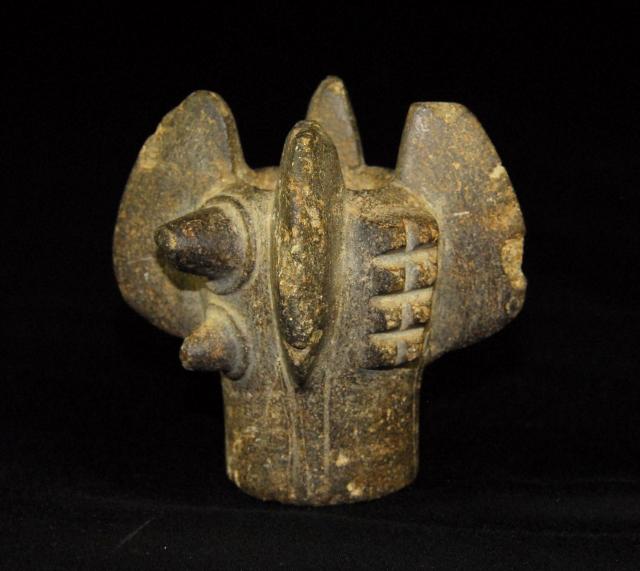
Polished stone mace - Northern Andean Highlands, Peru. 900 BC - 200 BC. Chavin culture. 9 cm tall x 7.5 cm wide. Material- Diorite.
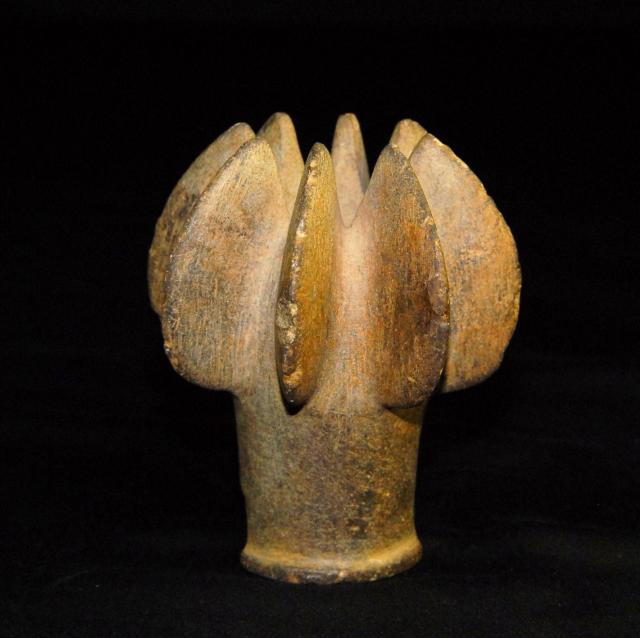
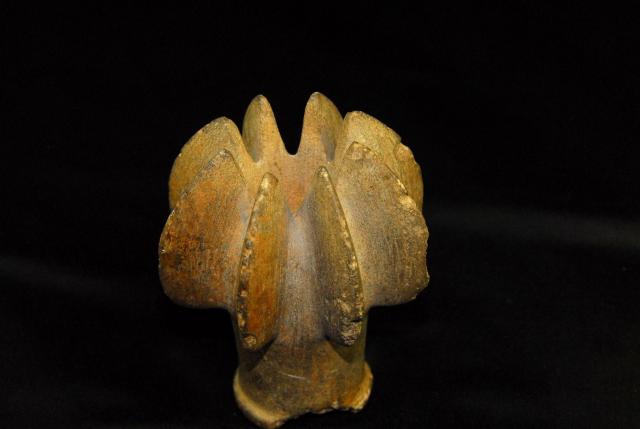
Polished stone mace - Northern Andean Highlands, Peru. 900 BC - 200 BC. Chavin culture. 12 cm tall x 12 cm wide. Material- Andesite
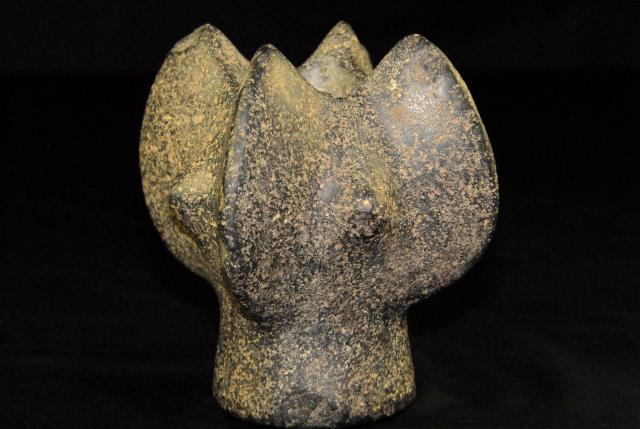

Collection of Bronze Age Weapons
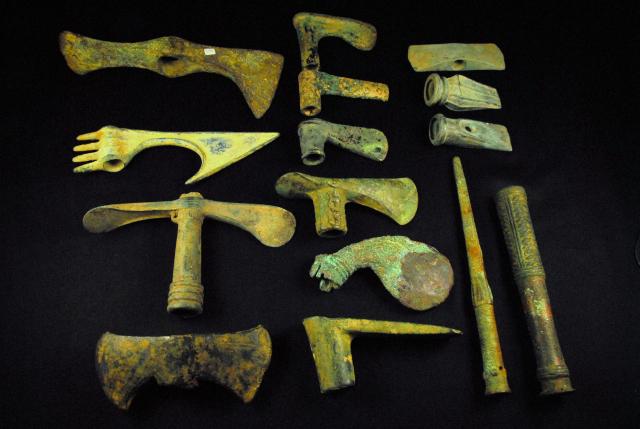
Bronze axe - Luristan, Northwest Iran. Luristan Bronze Age: 4,500 - 2,650 years ago. 19 cm long x 6.5 cm wide.
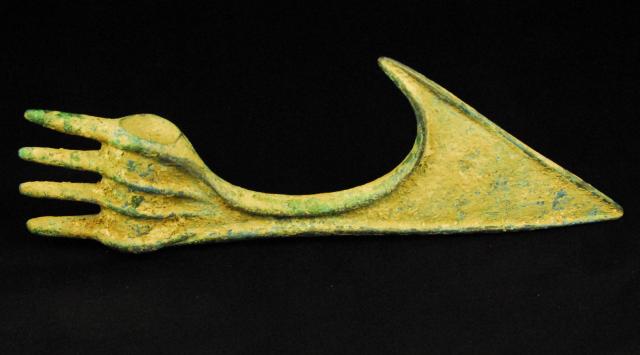
Bronze Axe/ Adze - Northwest Iran. Luristan Bronze Age: 4,500 - 2,650 years ago. 25.5 cm long x 9.5 cm tall.
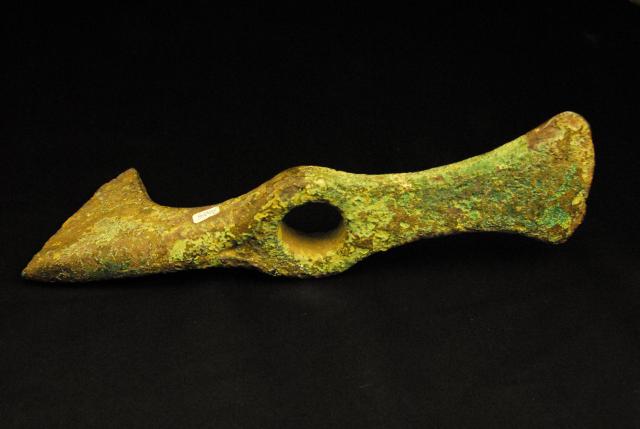
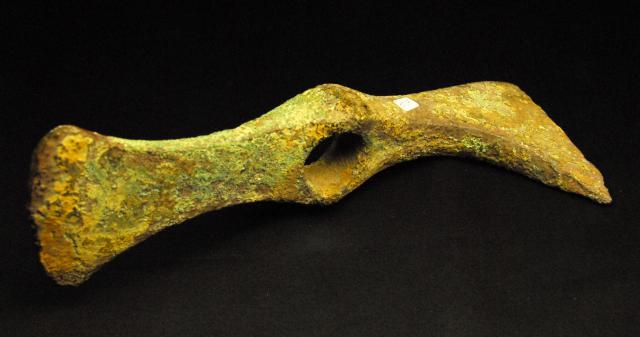
Bronze Axe - Luristan, Northwest Iran. Luristan Bronze Age: 4,500 - 2,650 years ago. 20.5 cm long x 12 cm tall.
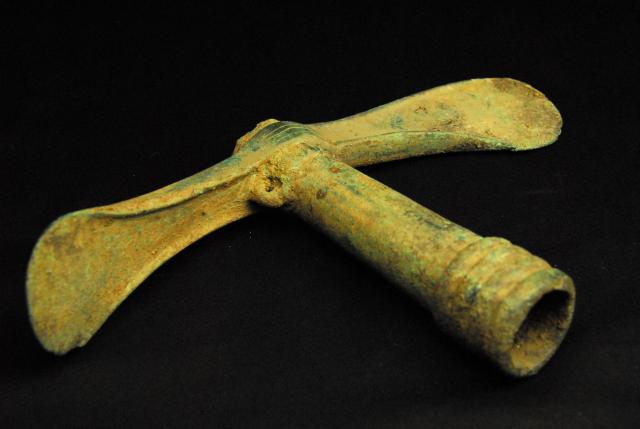
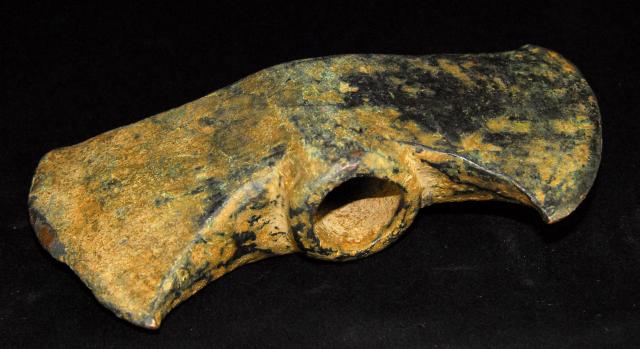
Copper Axe - Middle East. Luristan Bronze Age: 4,500 - 2,650 years ago.
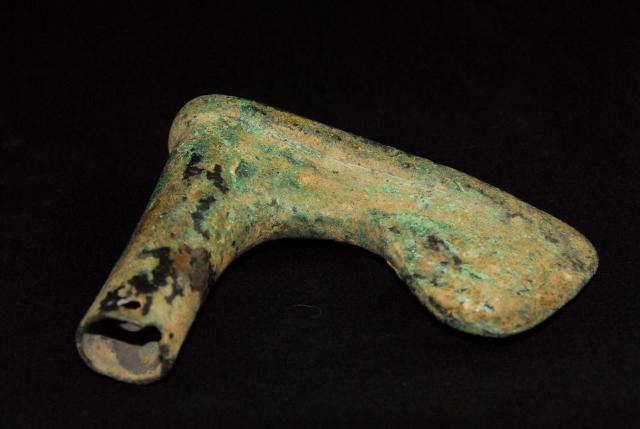
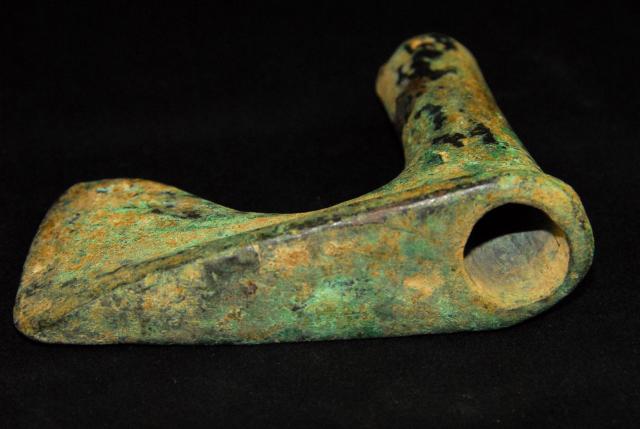
Luristan Bronze Axe - Middle east. Luristan Bronze age: 4,500 - 2,650 years ago. 13.7 cm long x 6 cm tall.
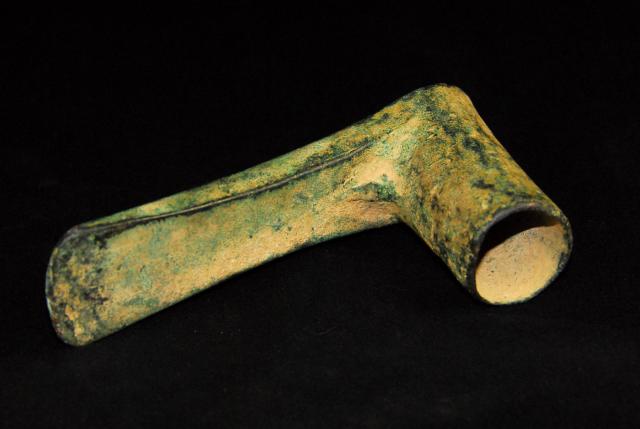
Bronze Axe/ Adze - Northwest Iran. Luristan Bronze Age: 4,500 - 2,650 years ago. 14.5 cm long x 5.1 cm tall.
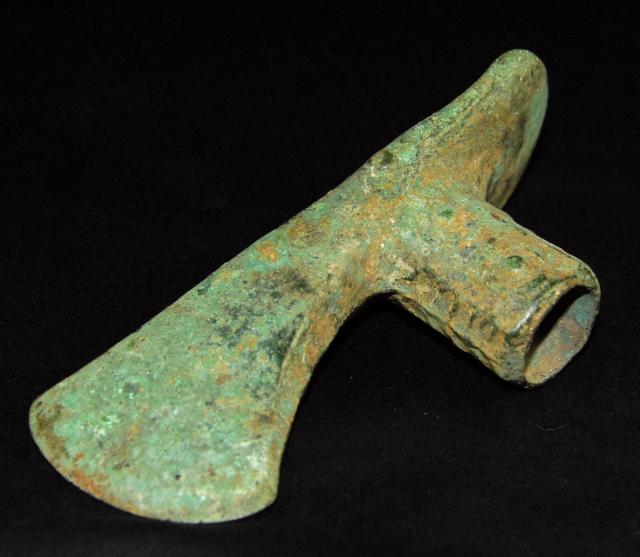

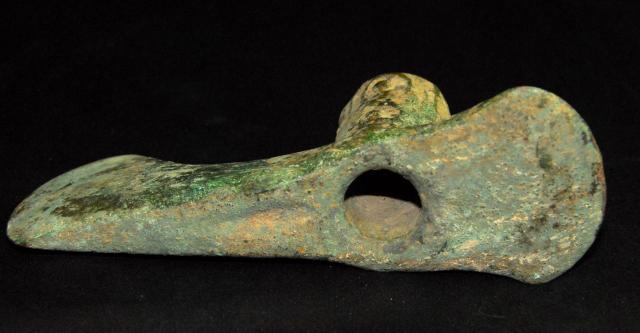
Copper Axe - Middle East. Luristan Bronze Age: 4,500 - 2,650 years ago. 9.5 cm long x 5.5 cm tall.
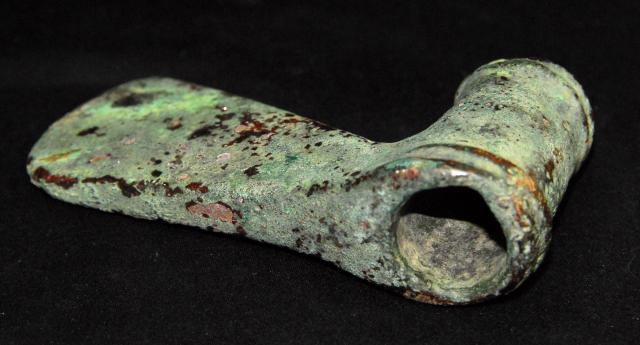
Bactrian Copper Axe - Bactria- Margiana Archaeological Complex. Central Asia. 2200 - 1700 BC. years ago. 12 cm long x 8 cm tall.
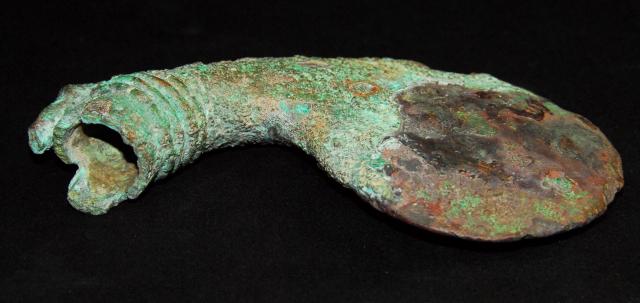
Luristan Bronze Axe - Middle East. Luristan Bronze Age 4,500 - 2,650 years ago. 10.5 cm long x 5 cm tall.
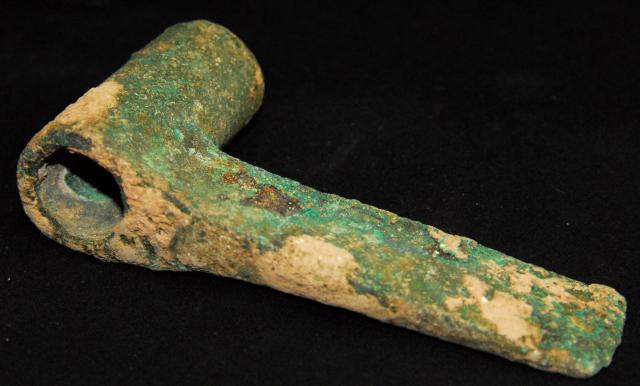
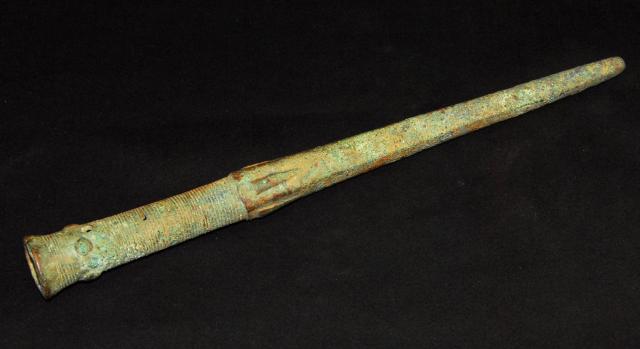
Celtic Bronze Age Hub Axe - Western Europe. Celtic Bronze Age: 3,000 BC - 1,000 BC. 10 cm long x 4 cm wide. Material- Bronze, a metal alloy of copper and tin.
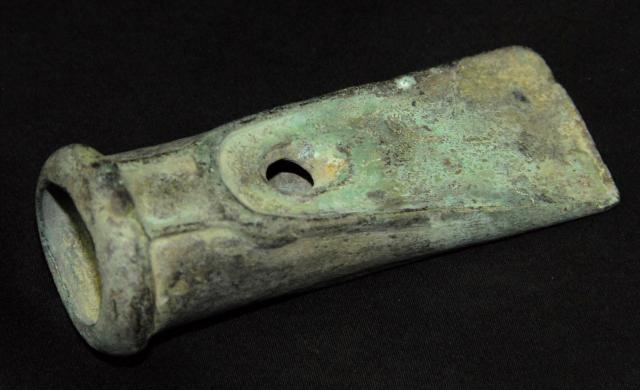
Celtic Bronze Age Hub Axe - Western Europe. celtic Bronze Age: 3,000BC - 1,000BC. 8cm long x 4 cm wide. Material- Bronze.
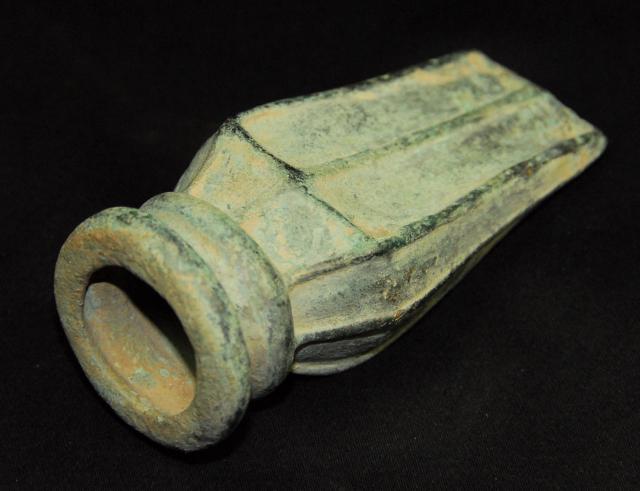
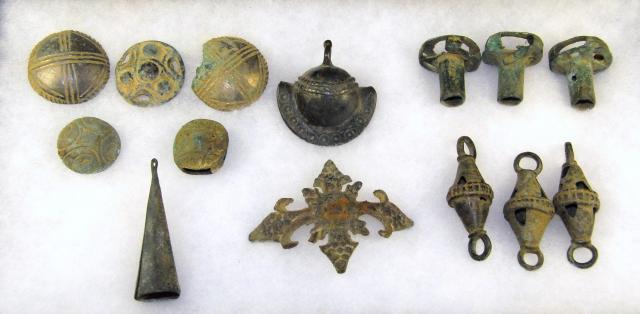
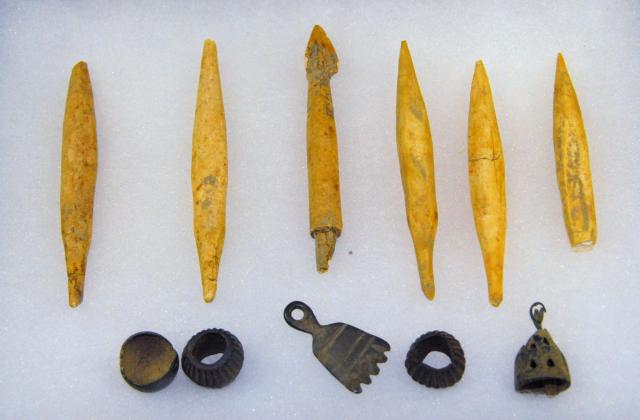
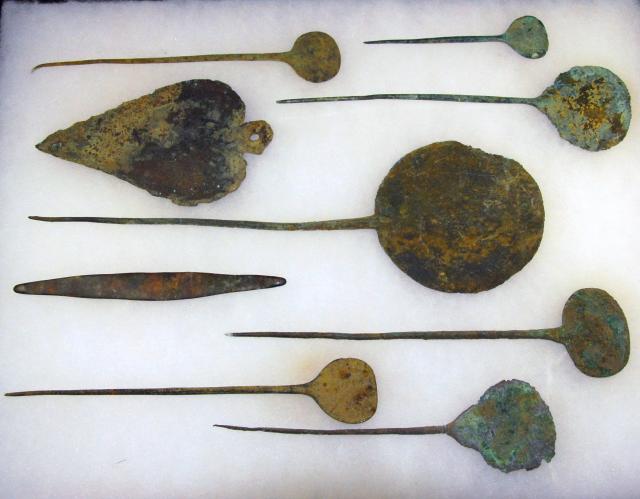
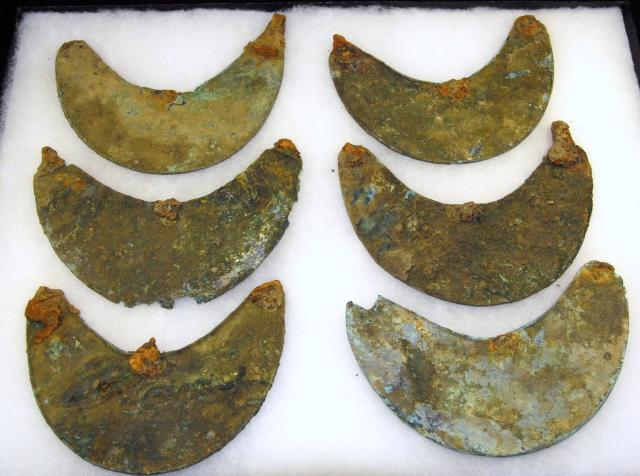
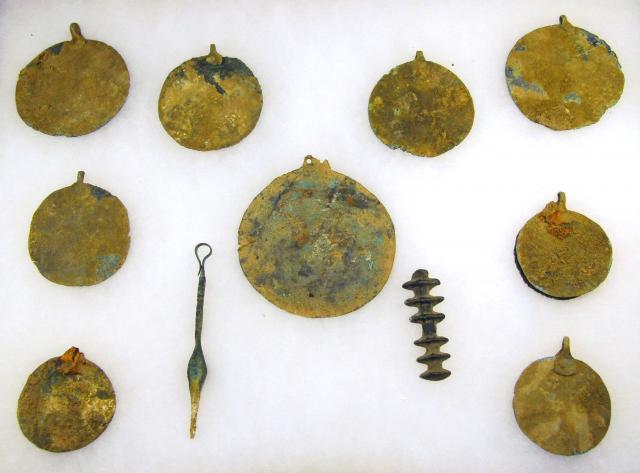
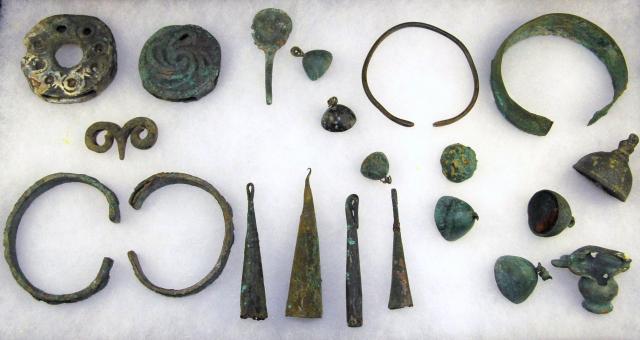

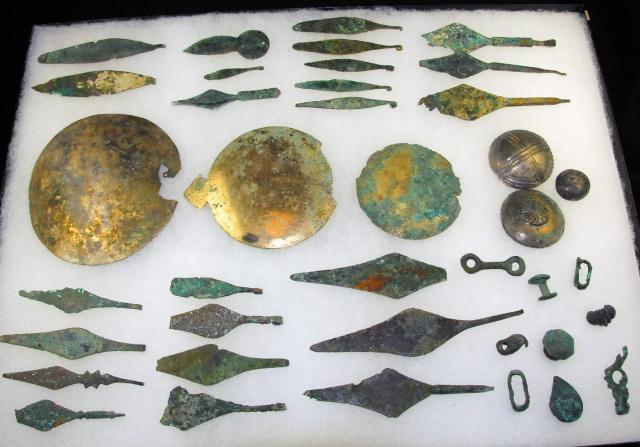
|